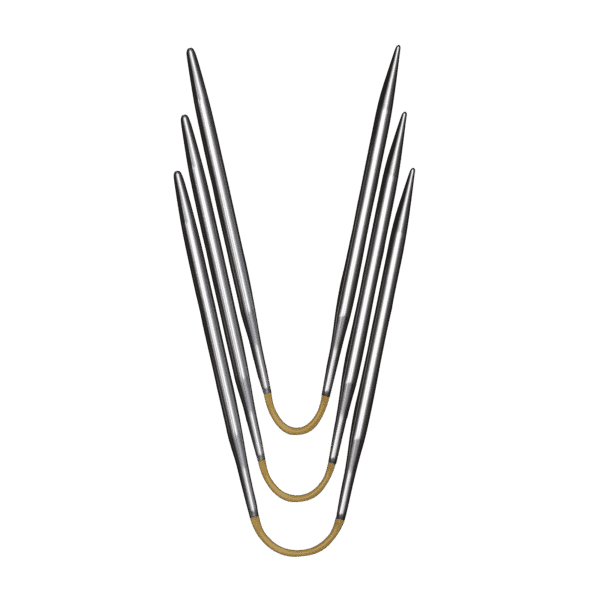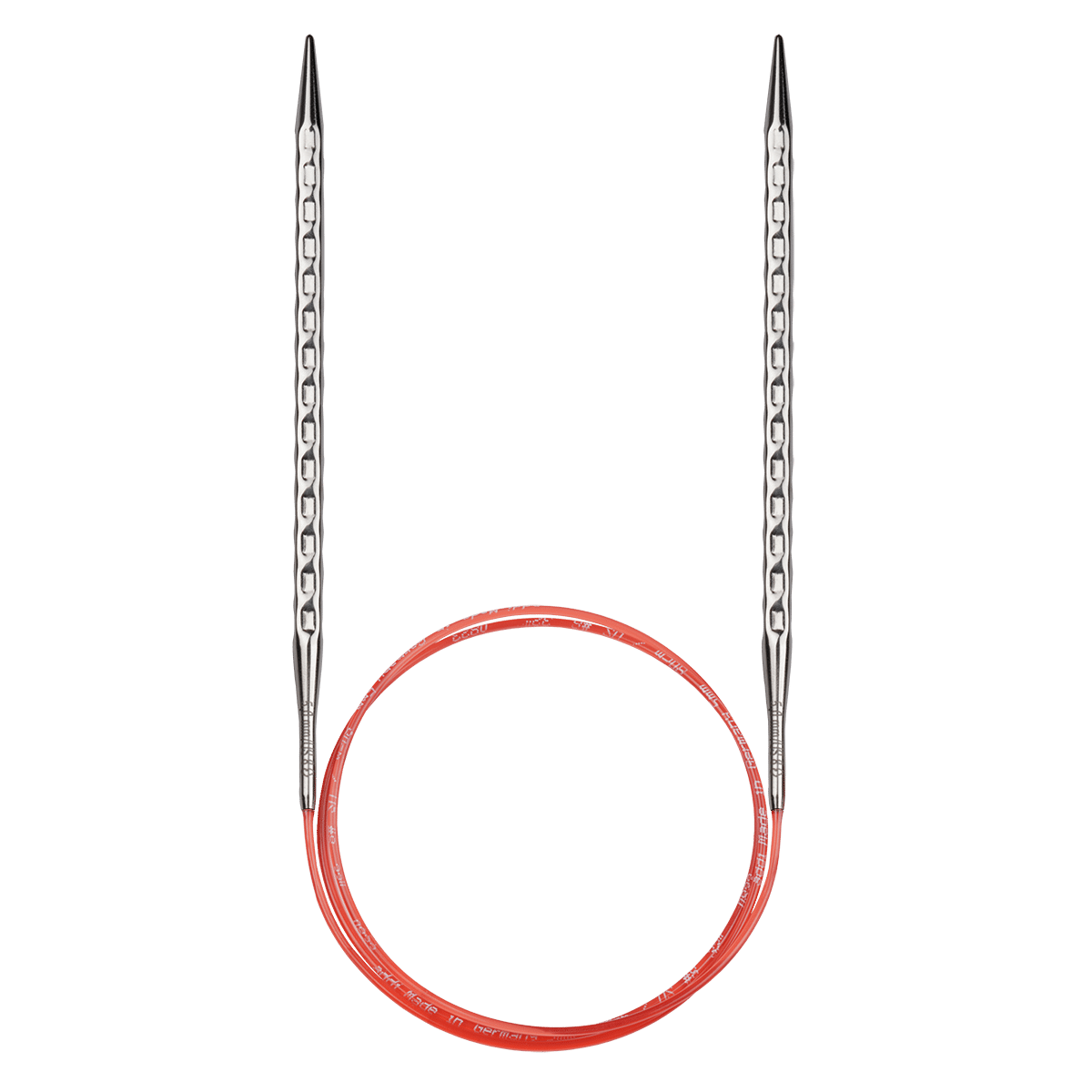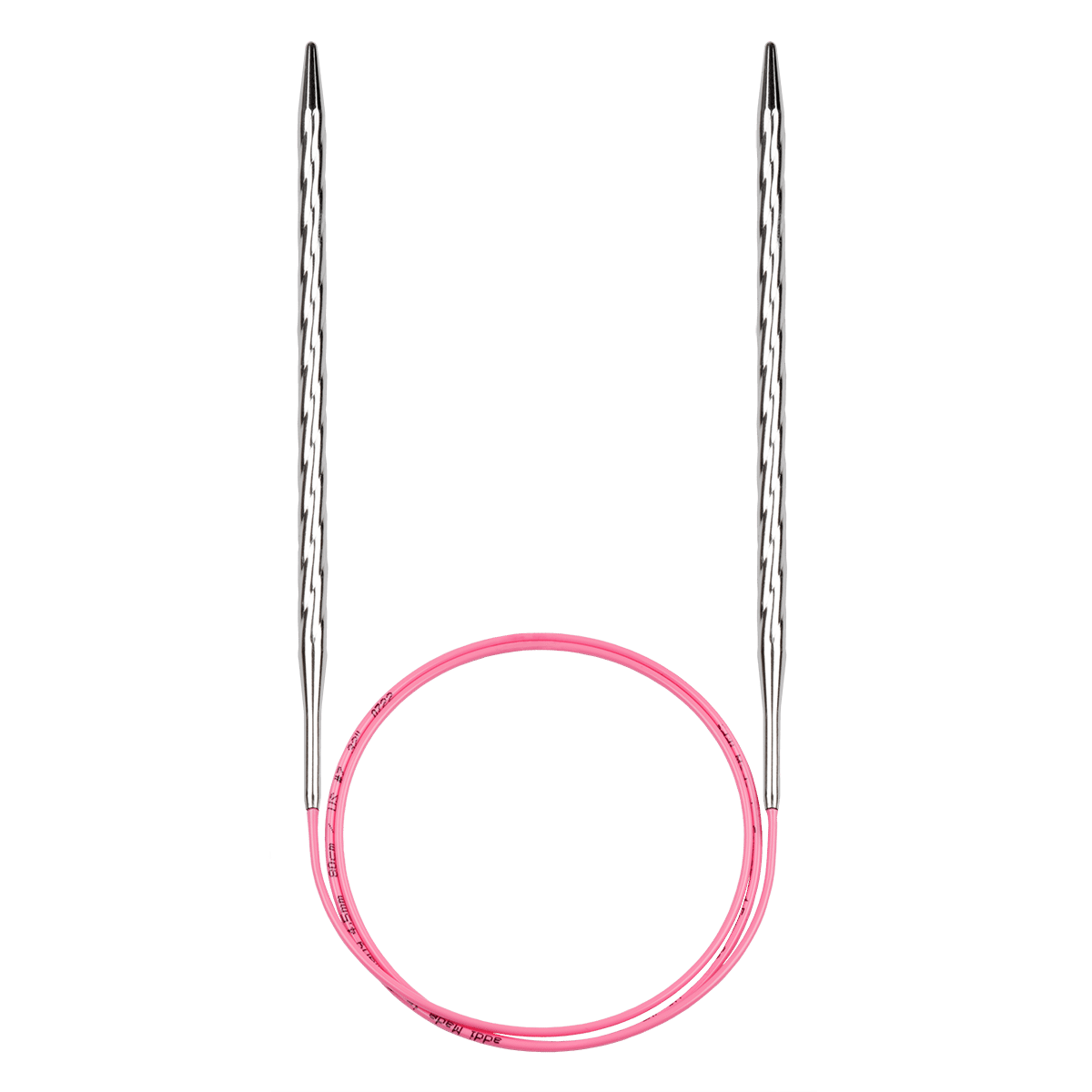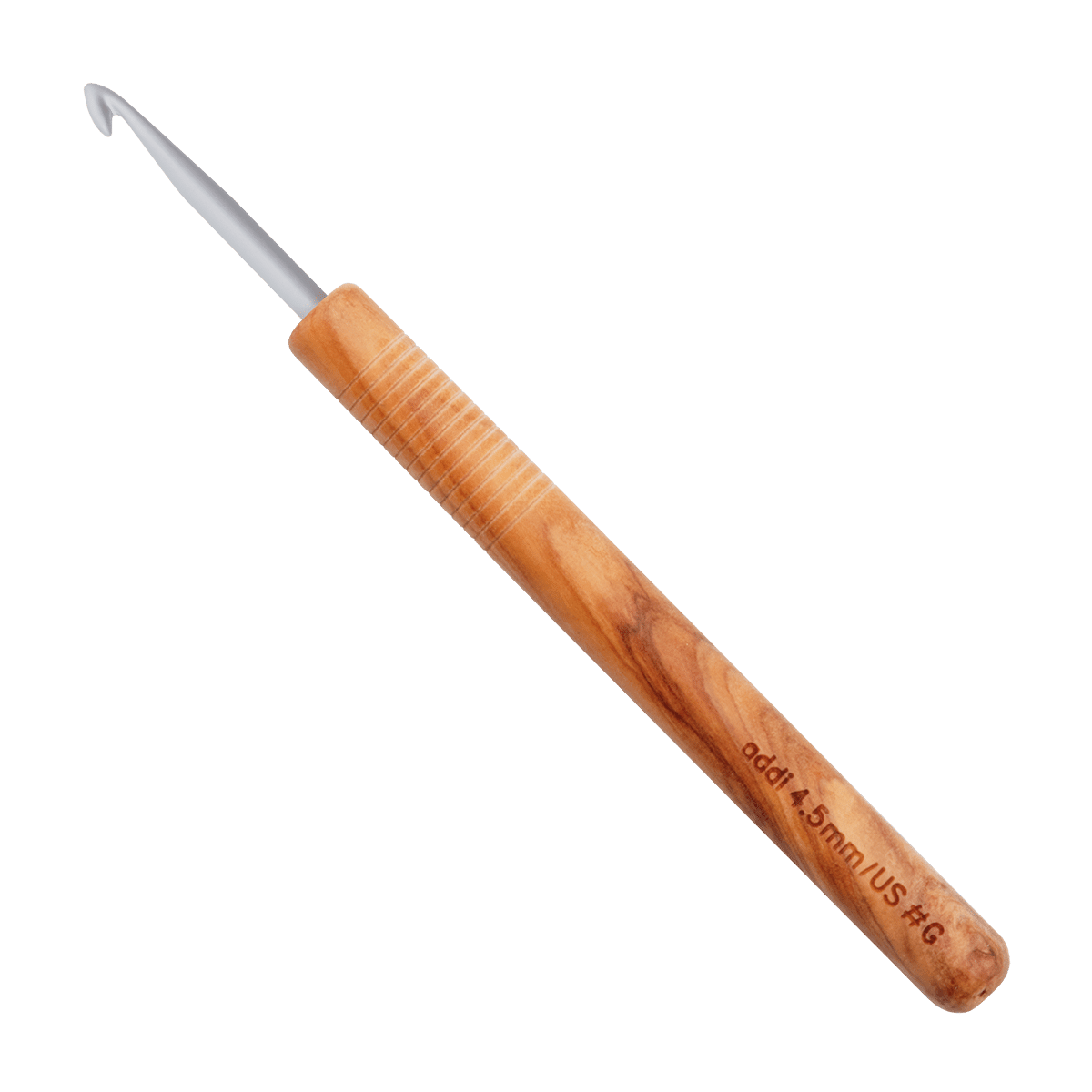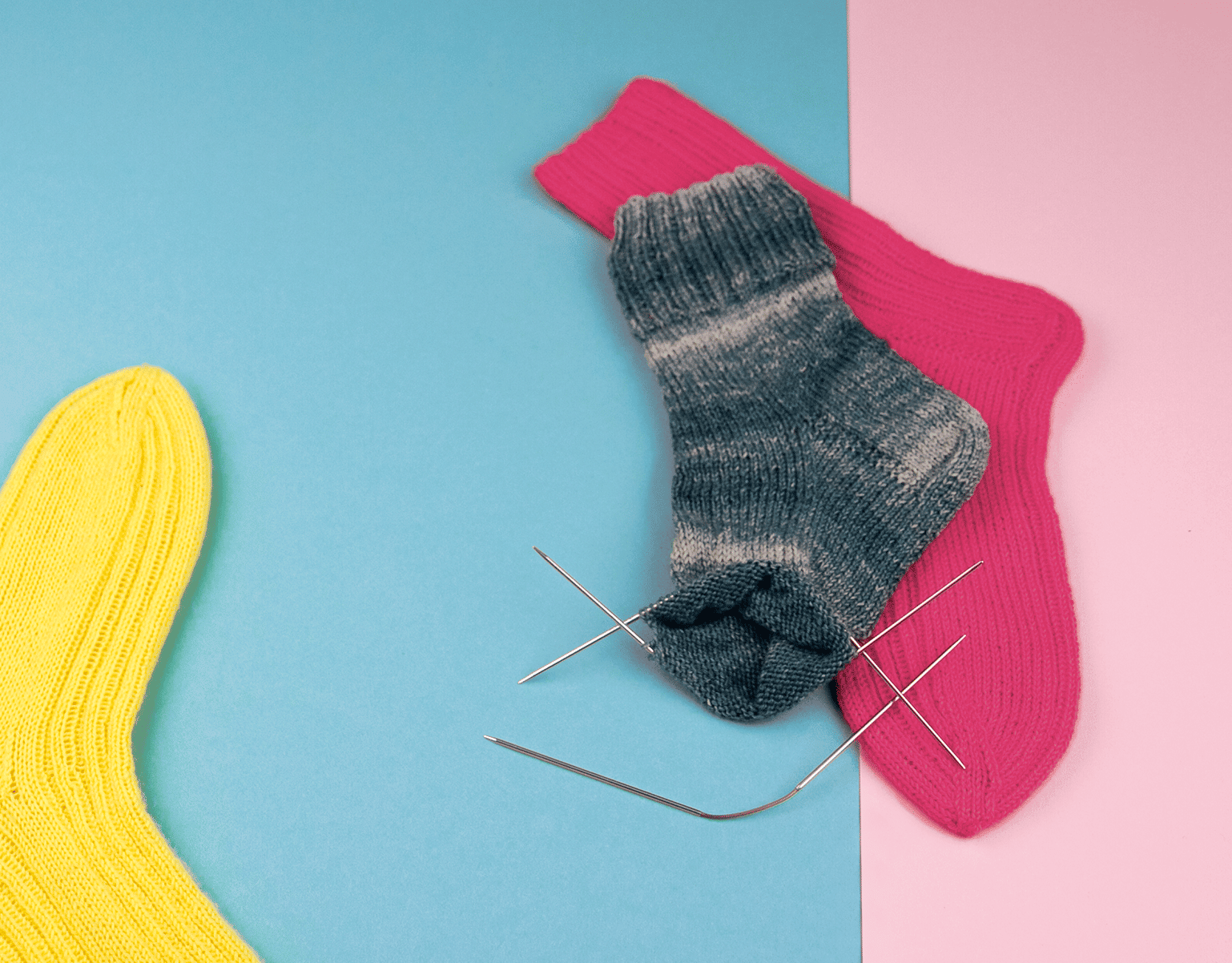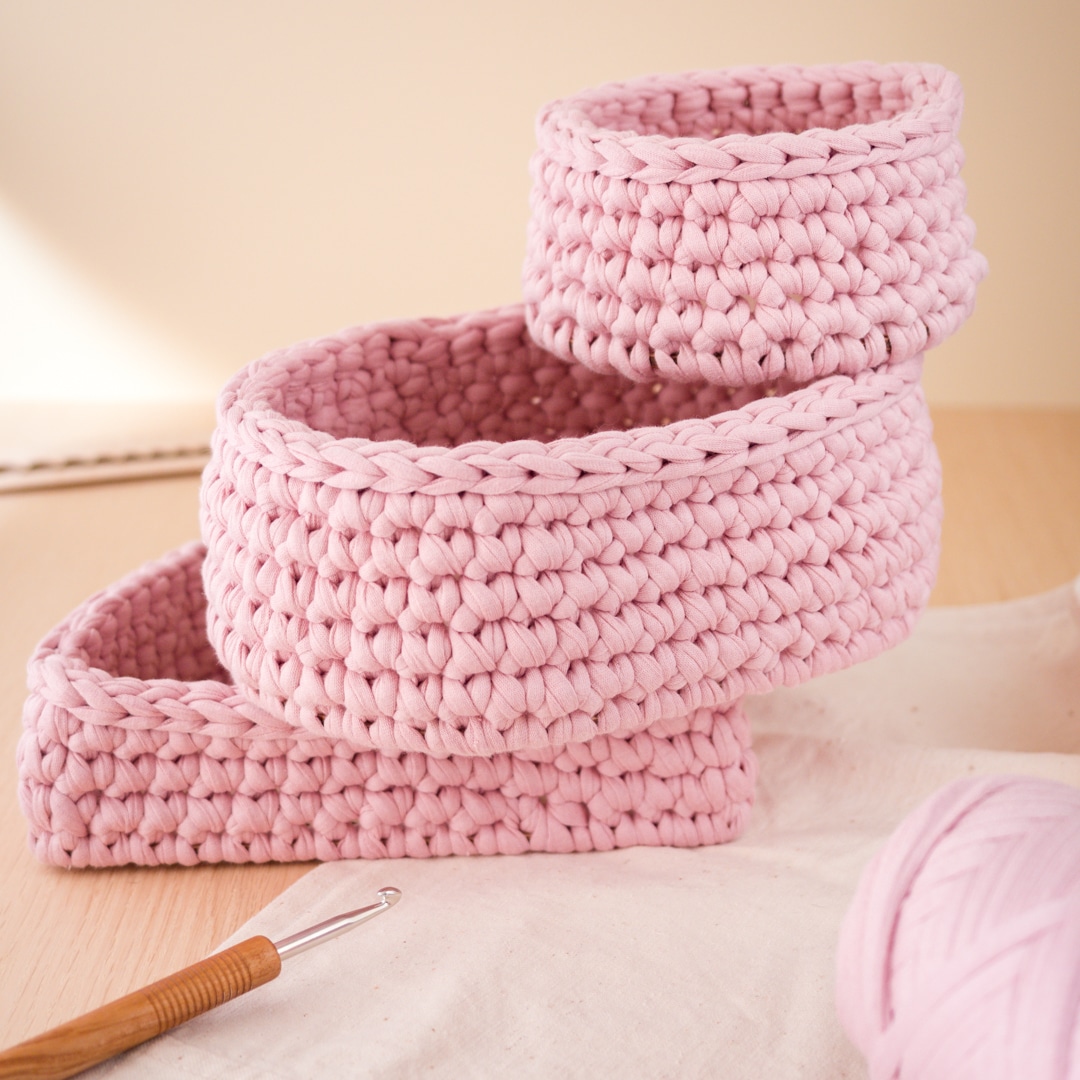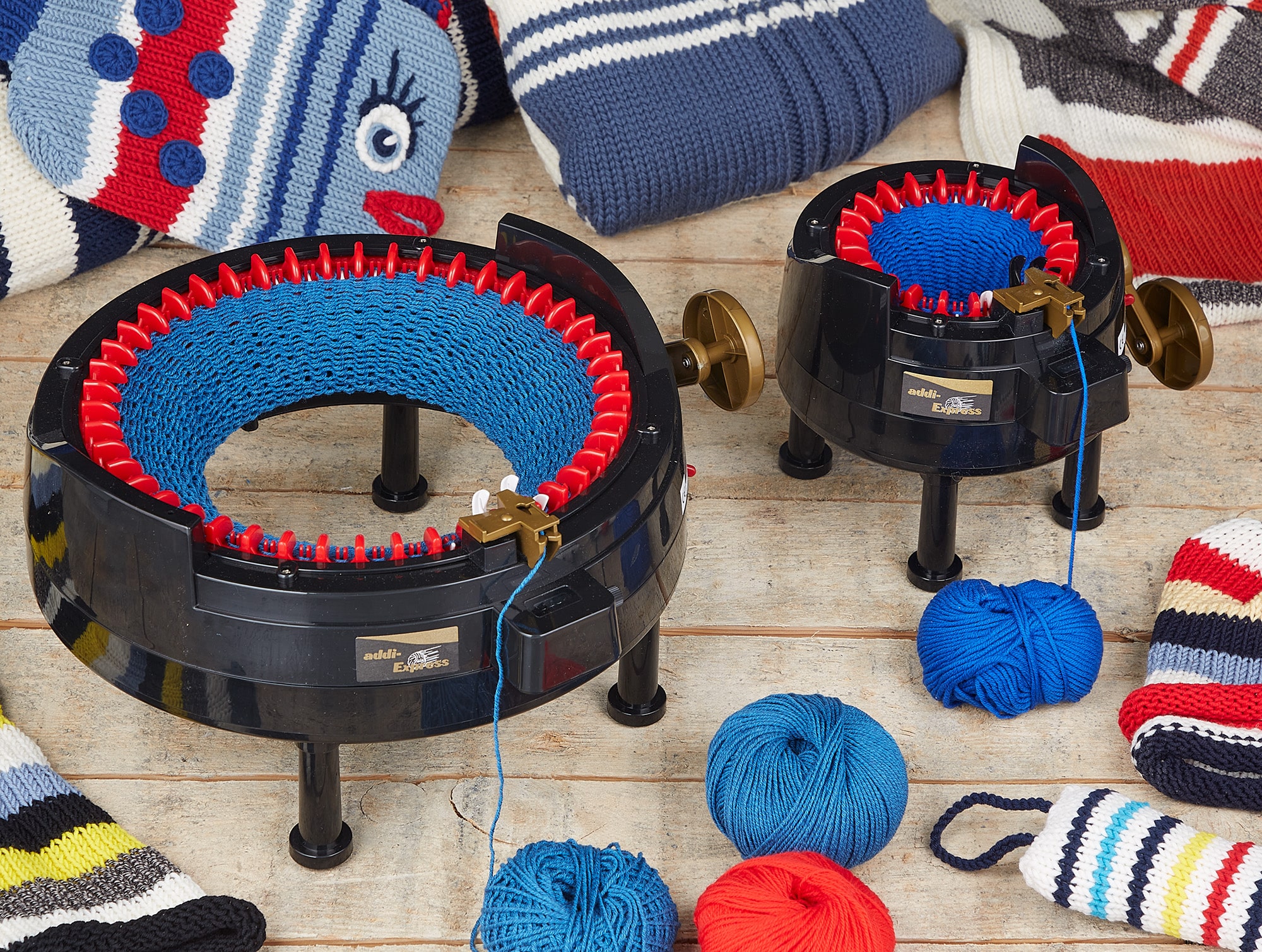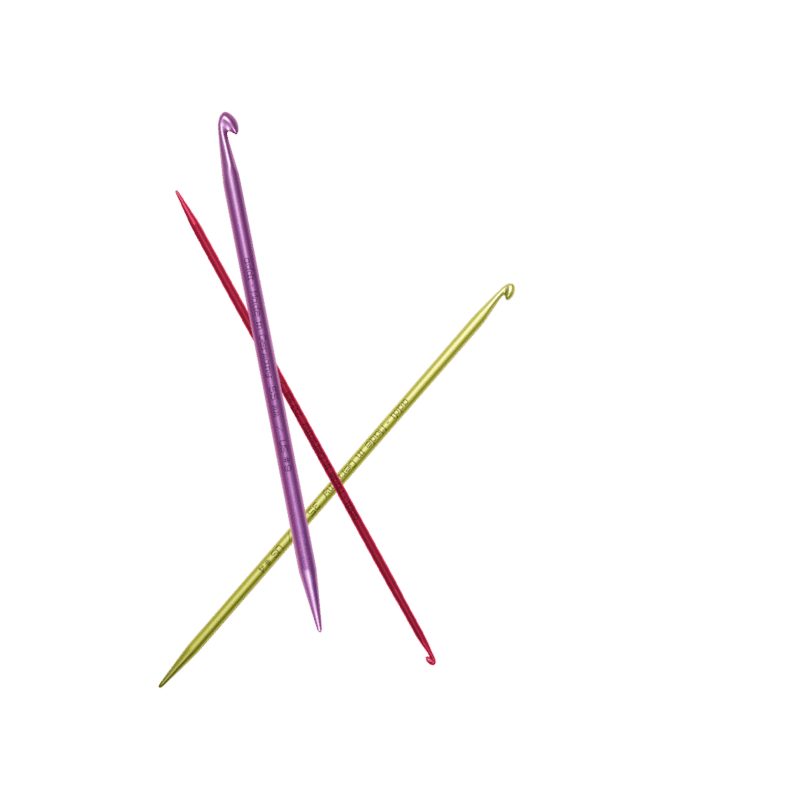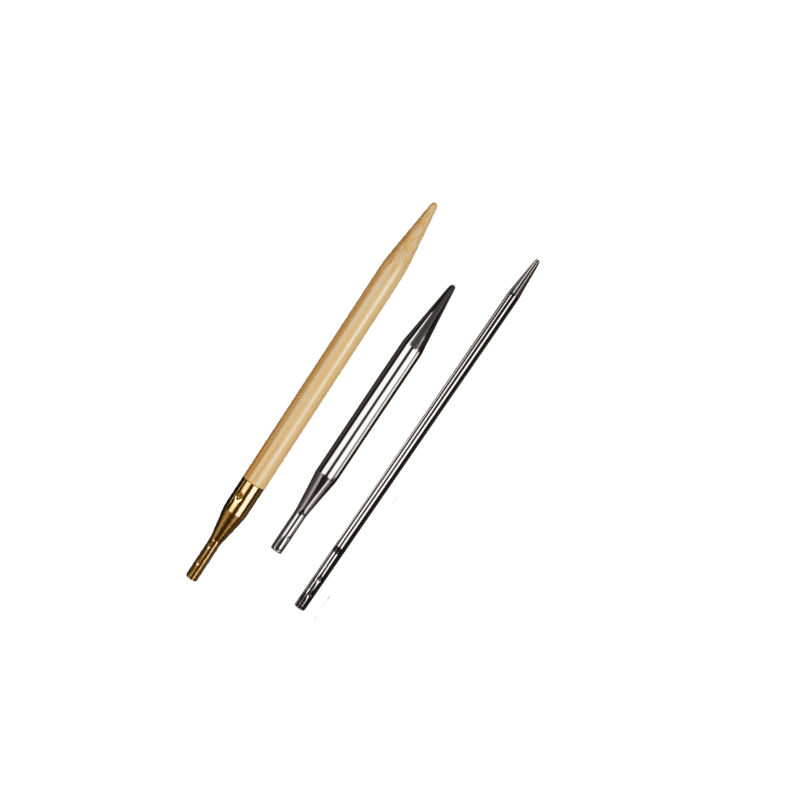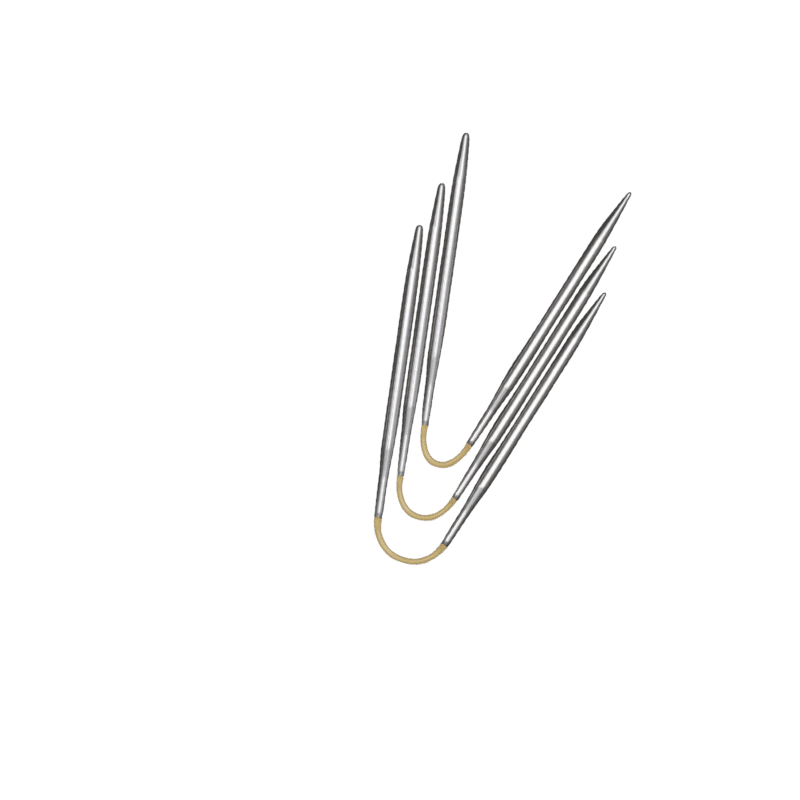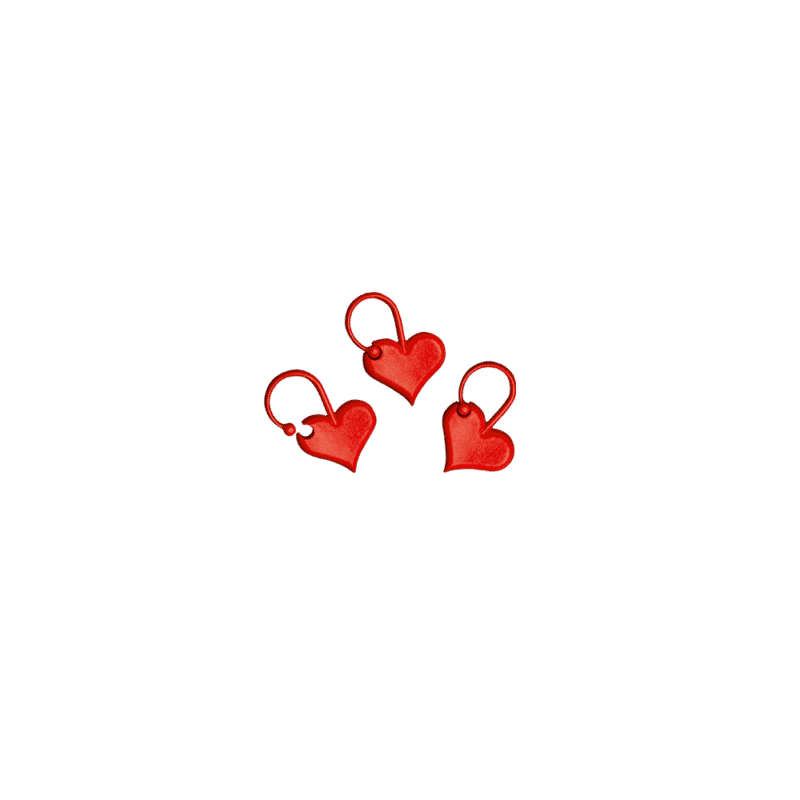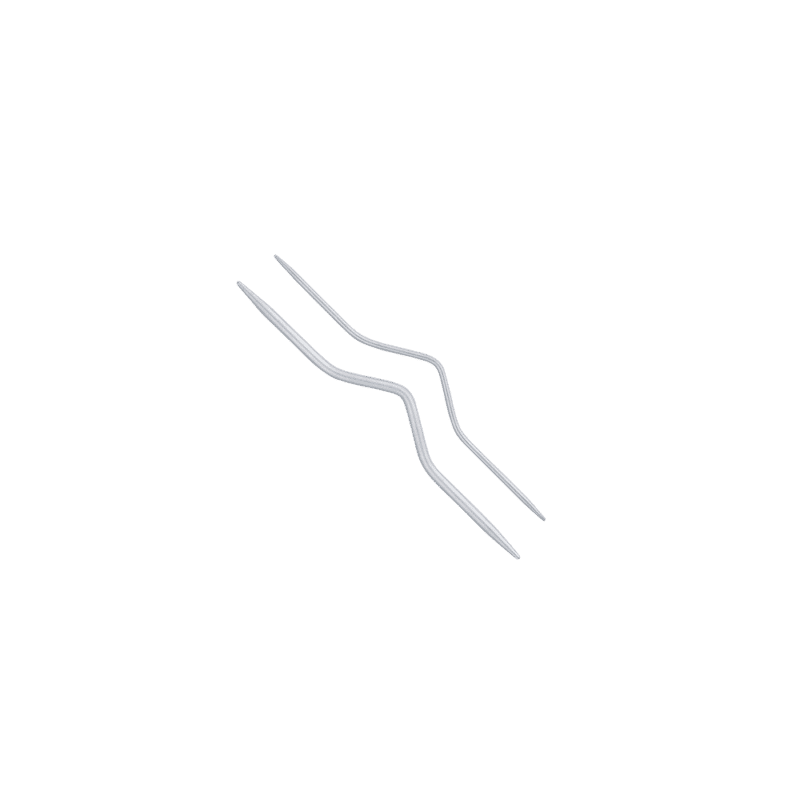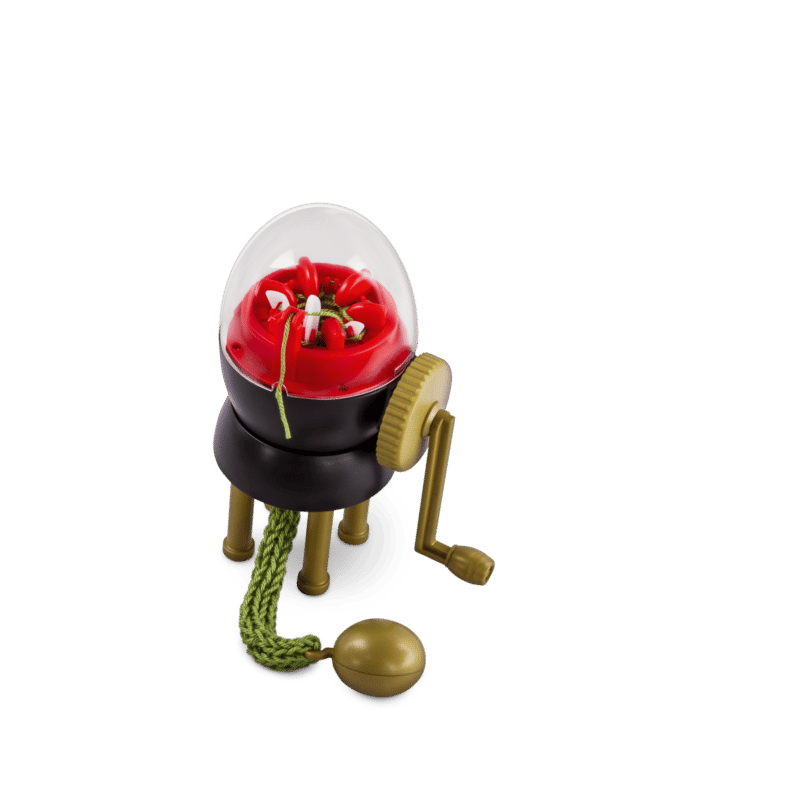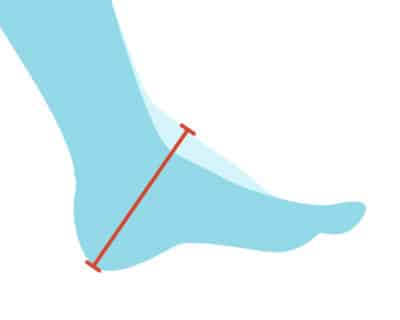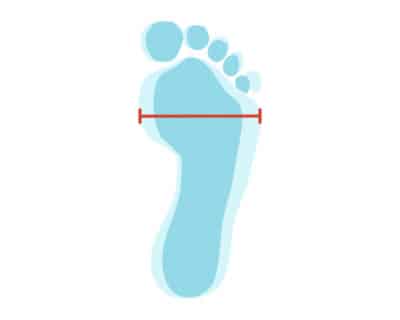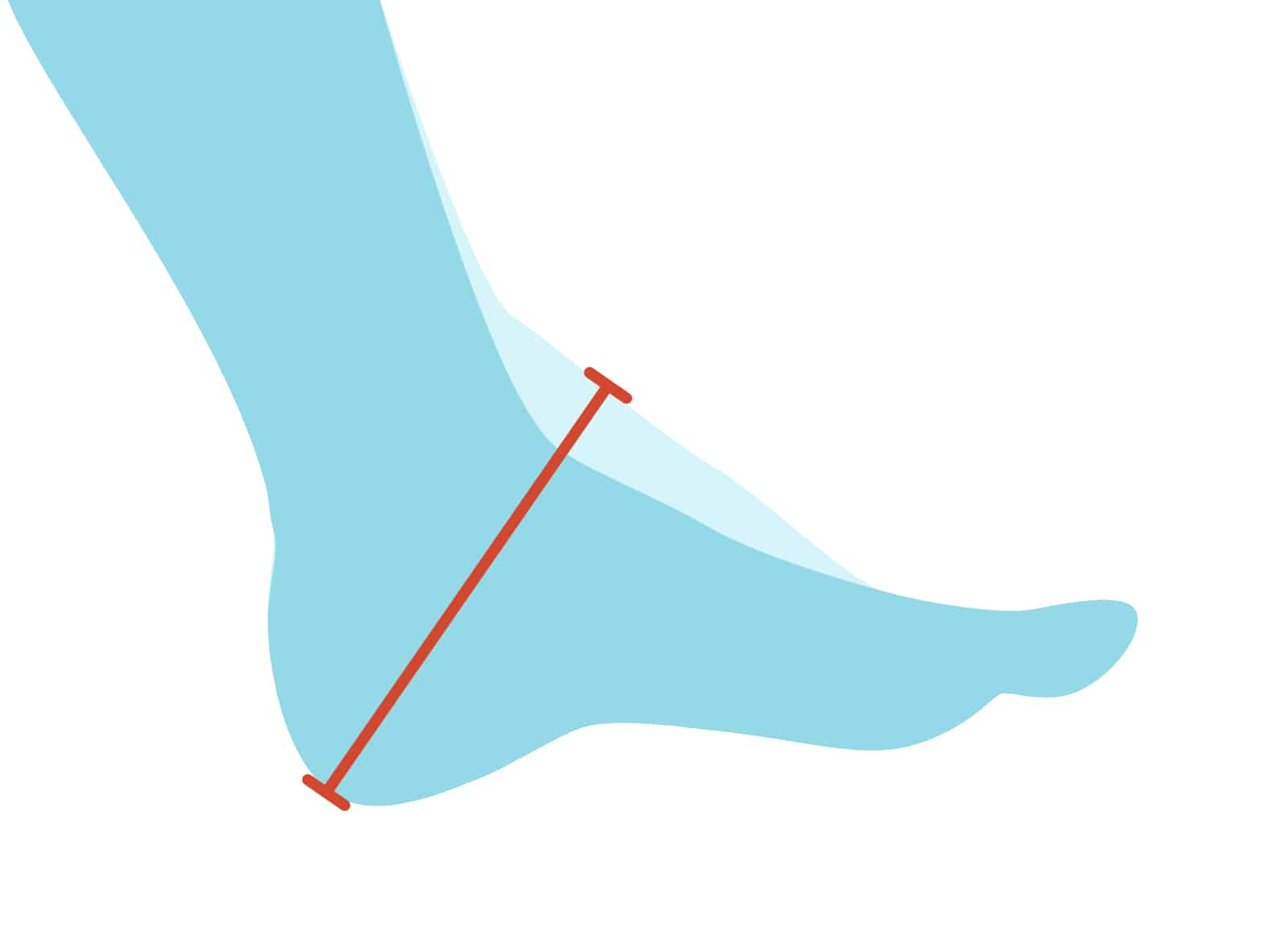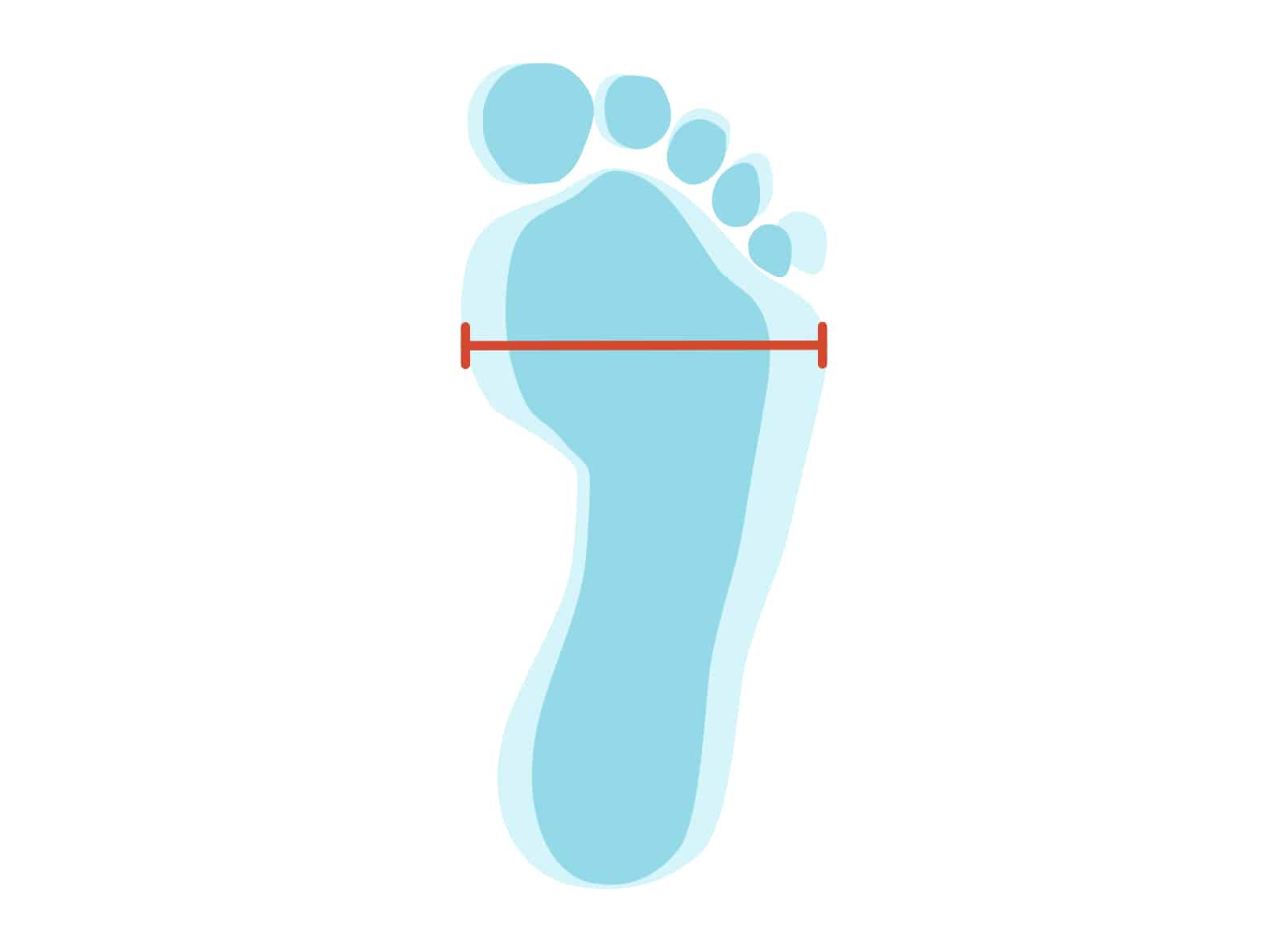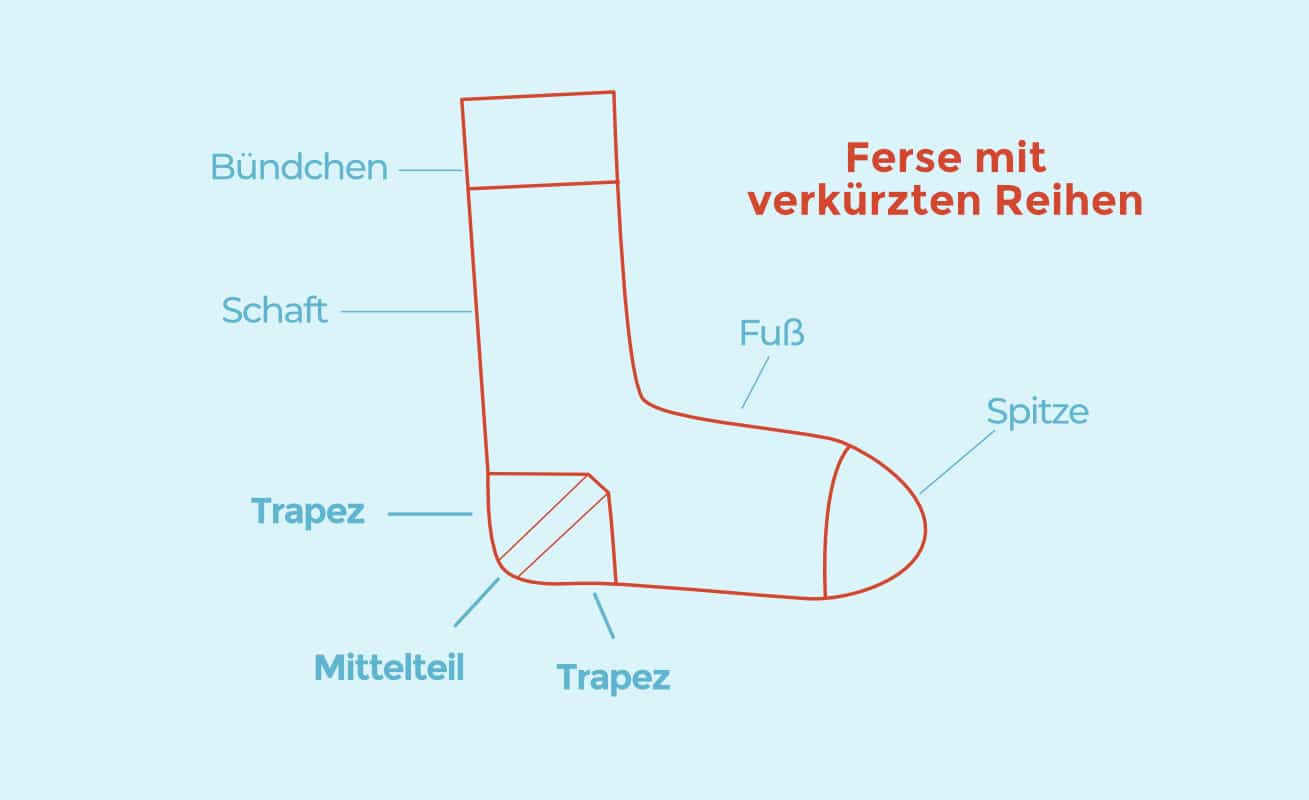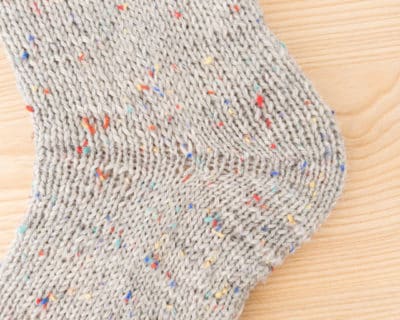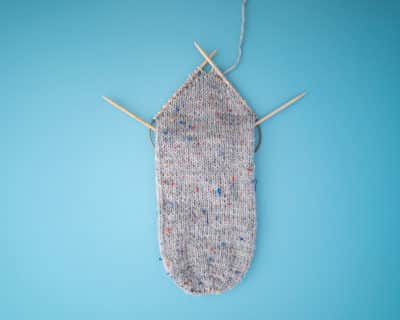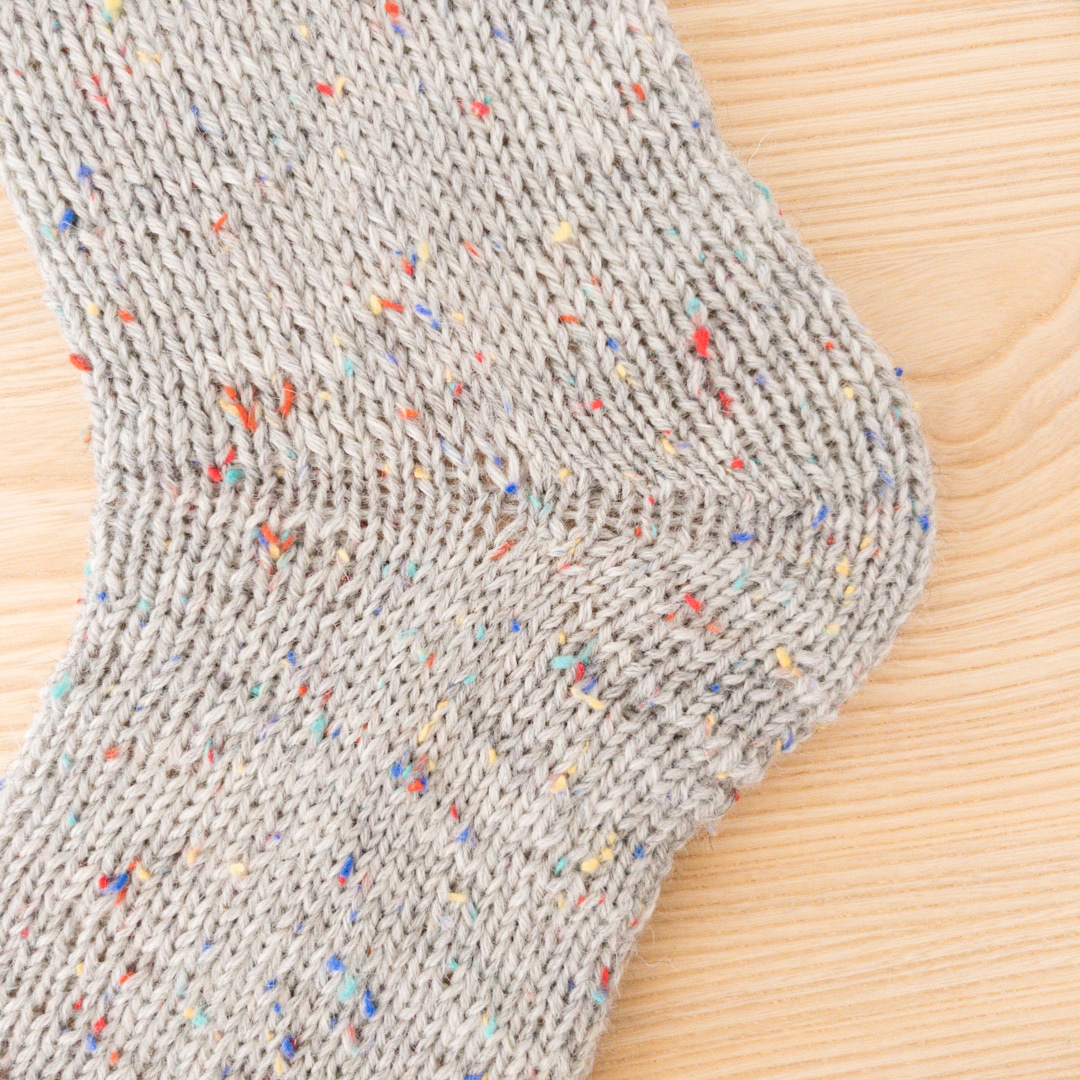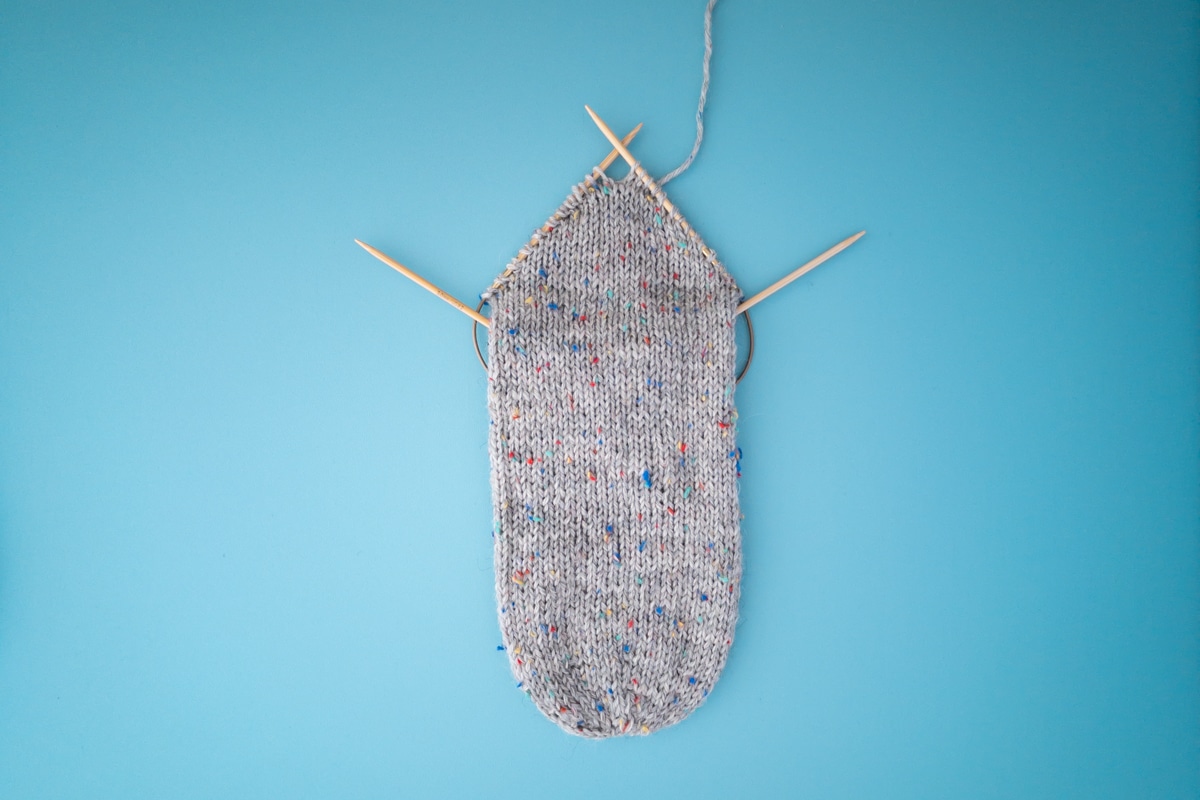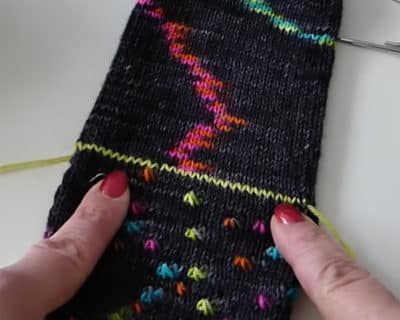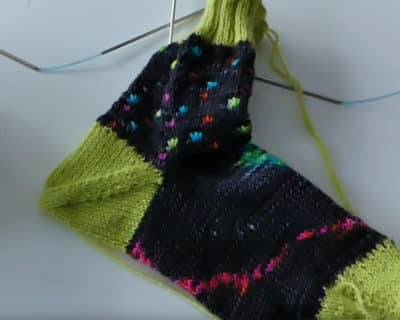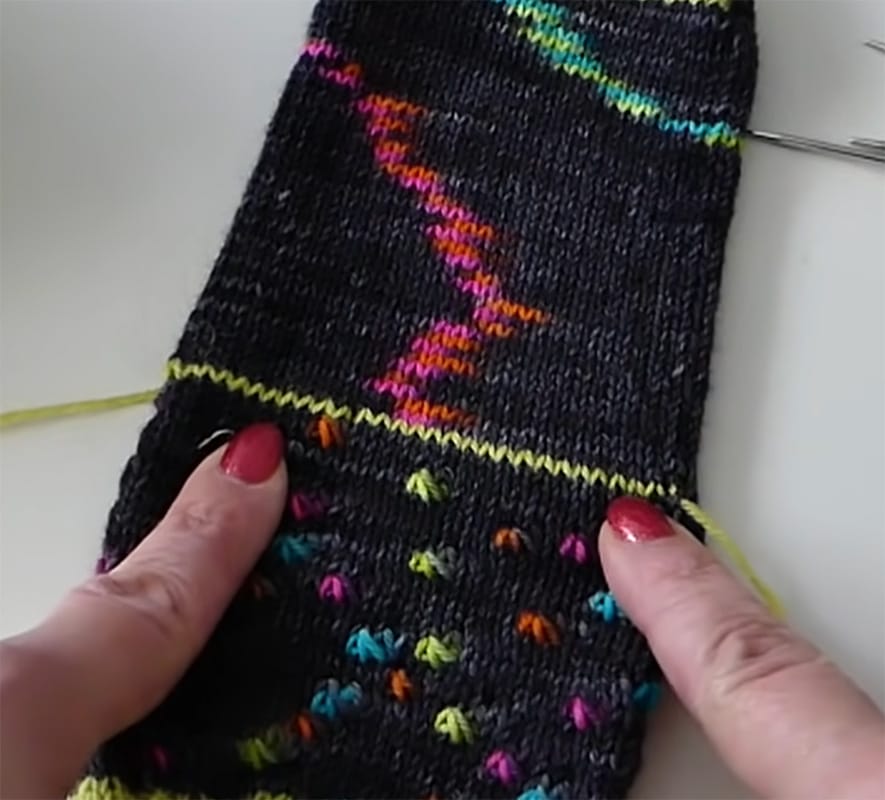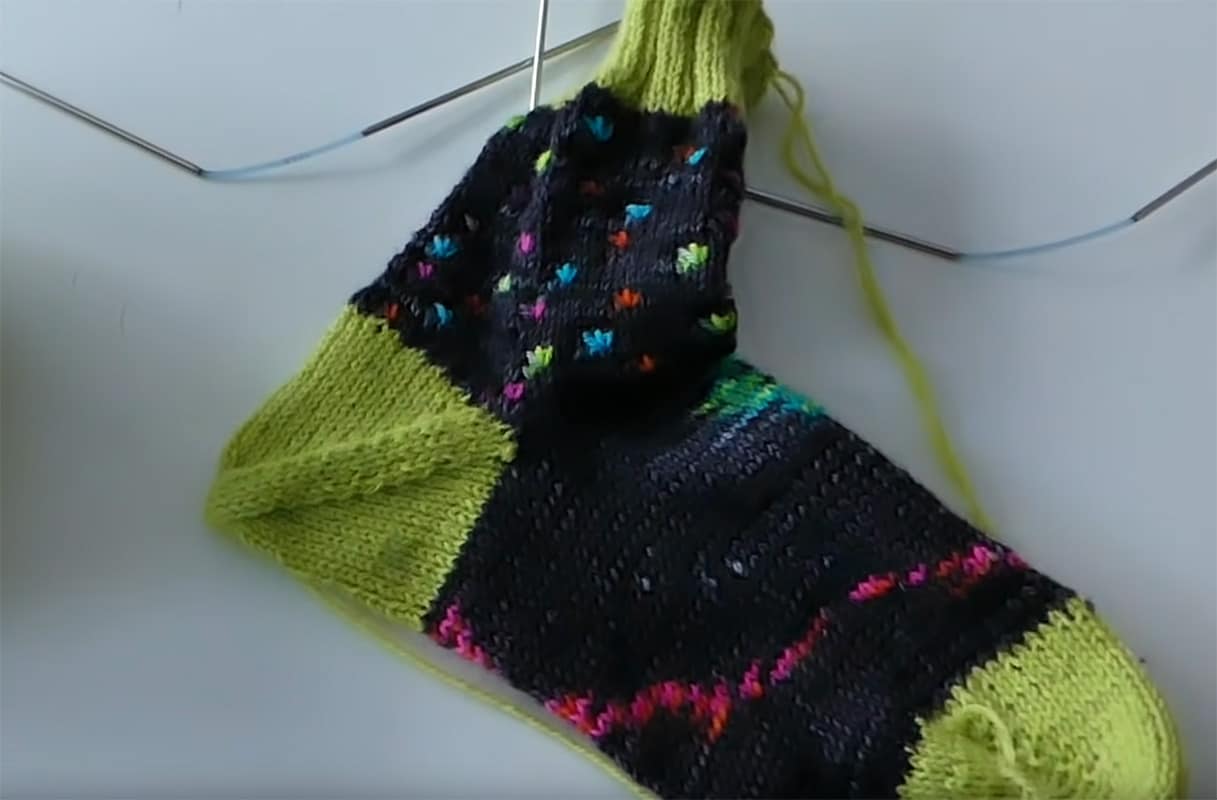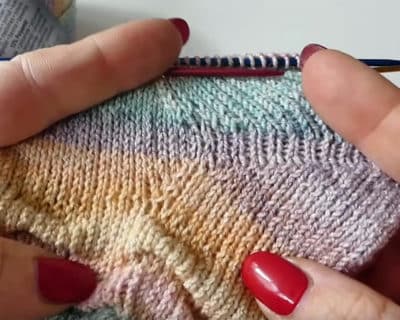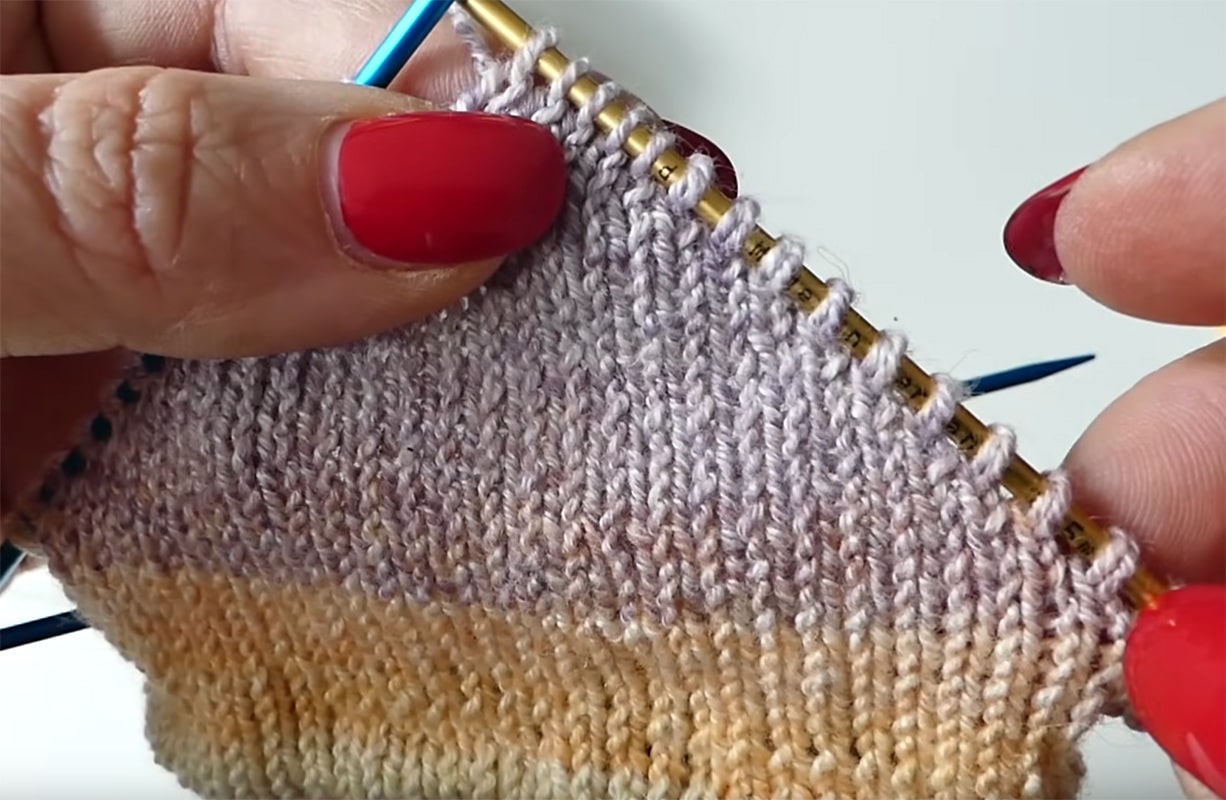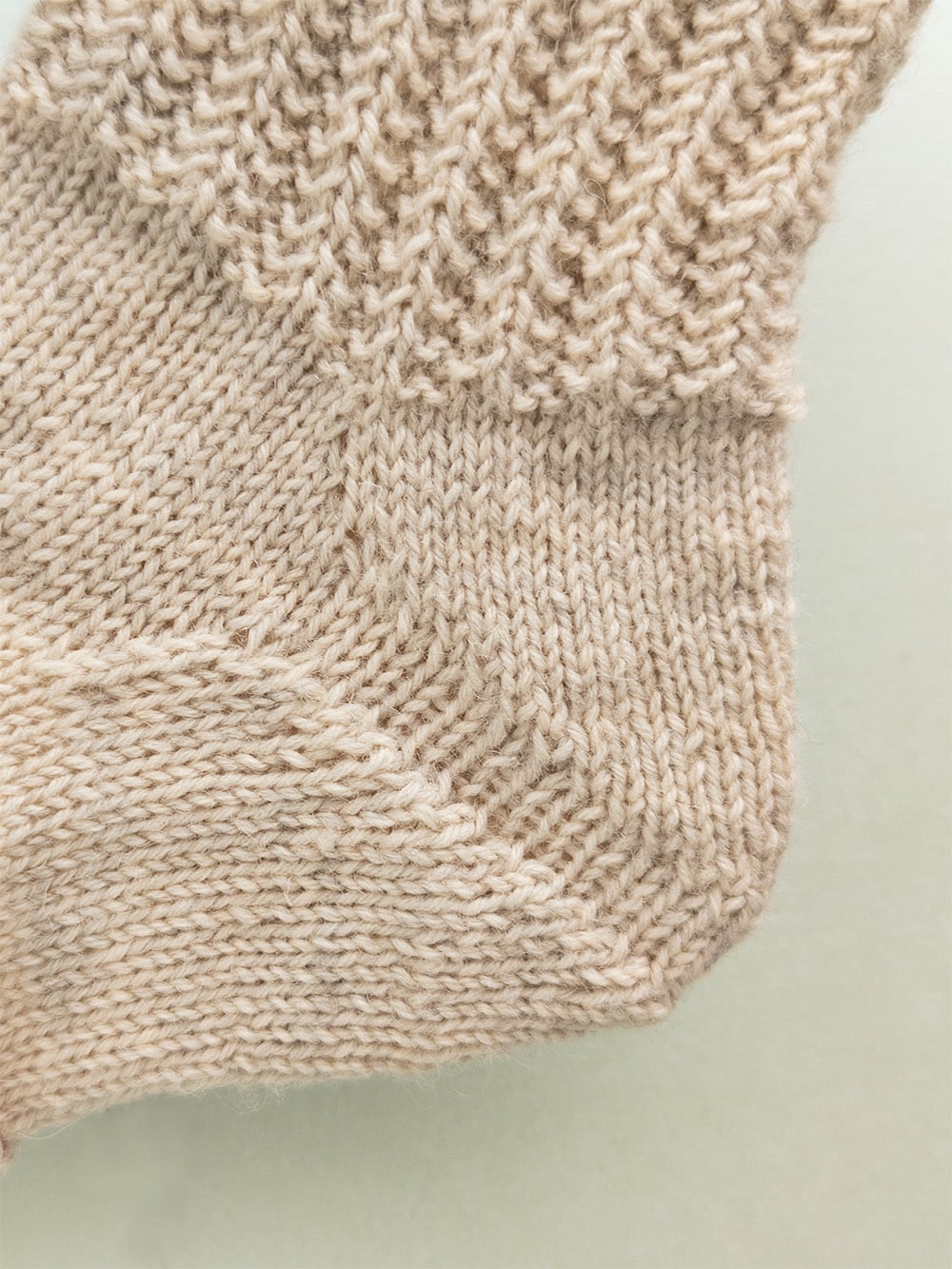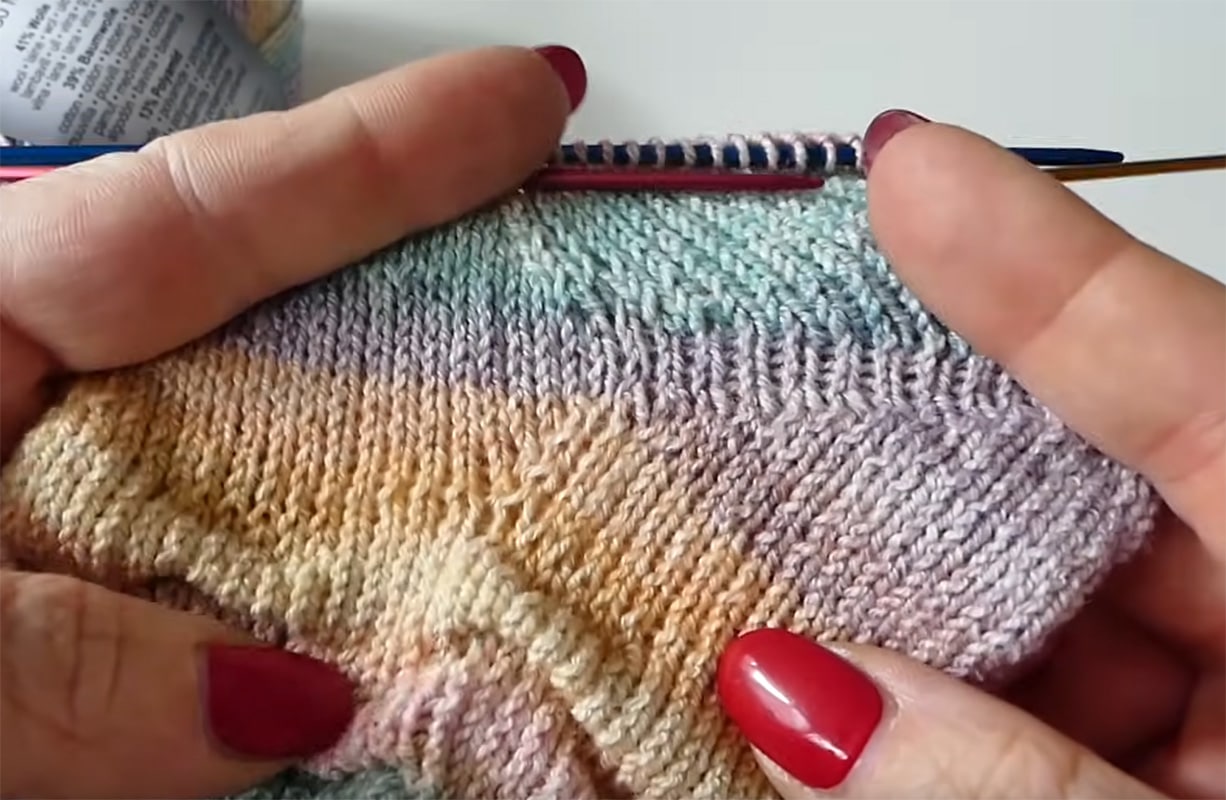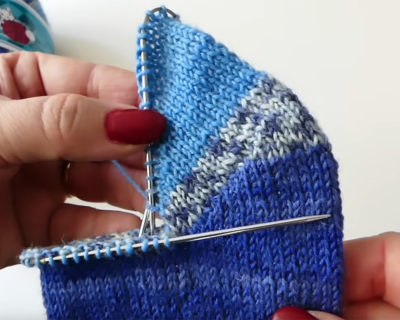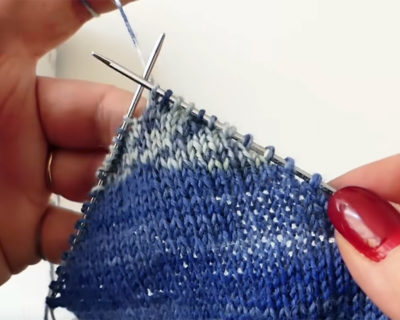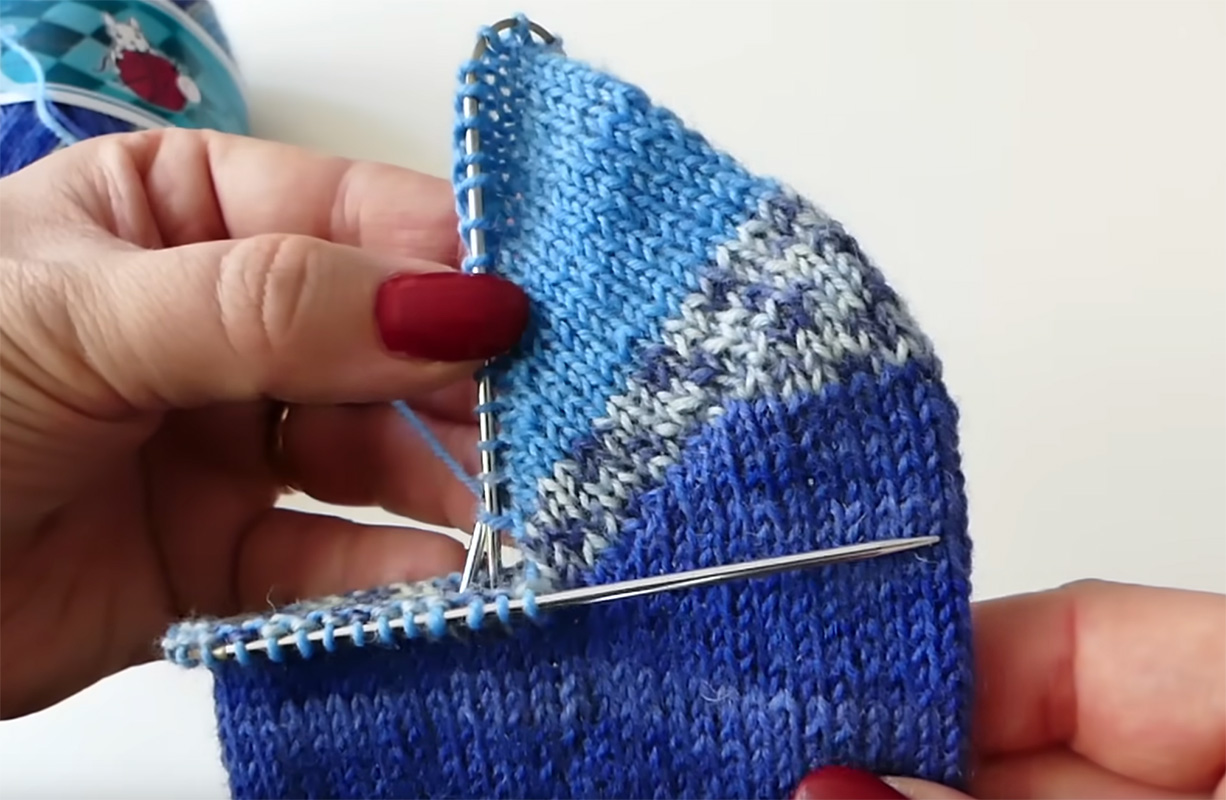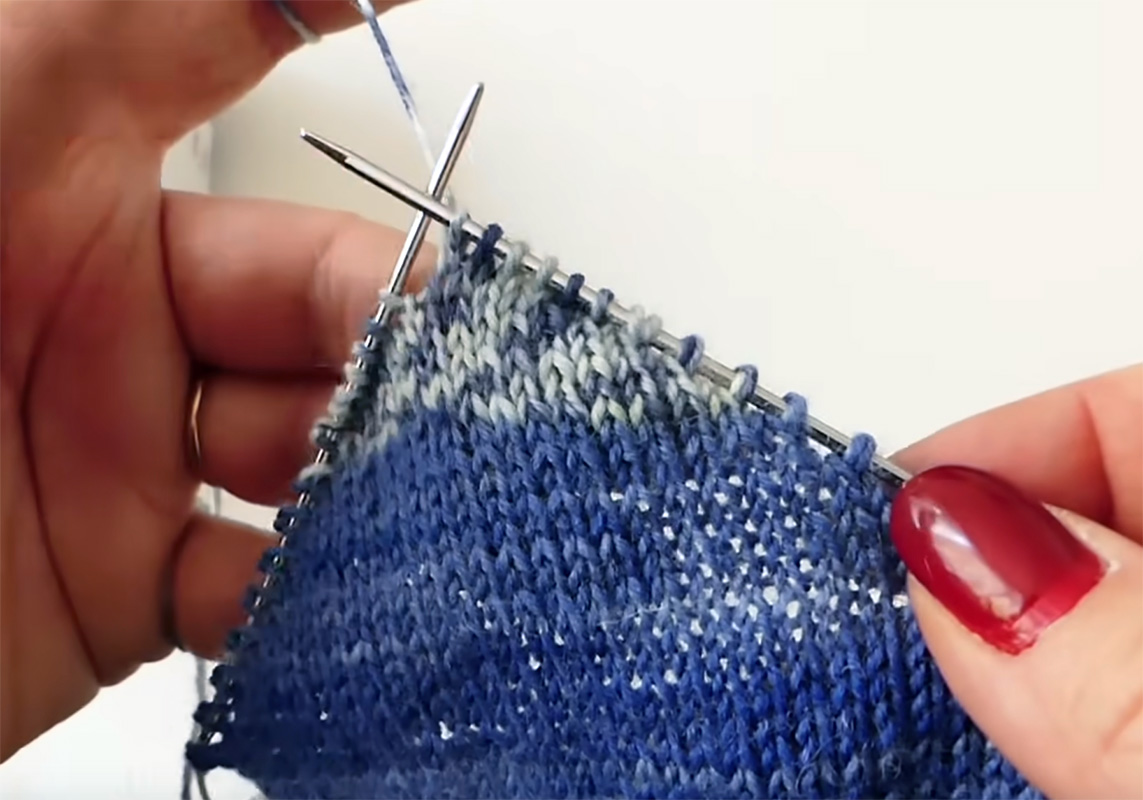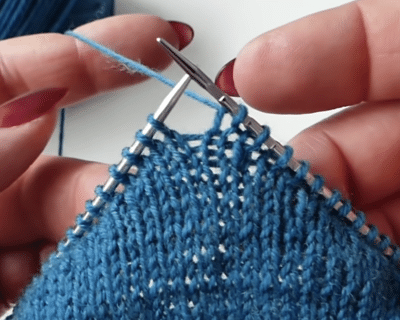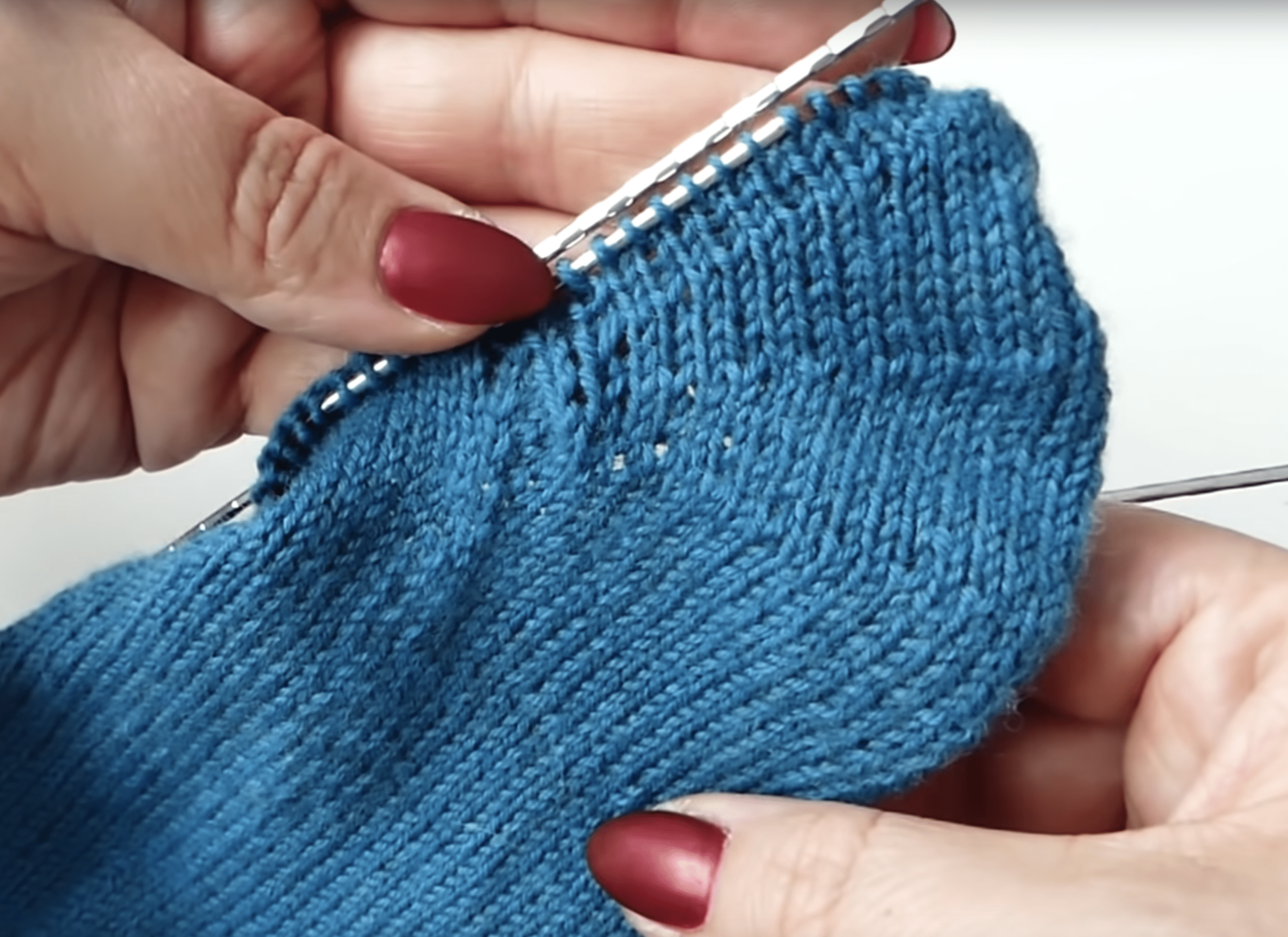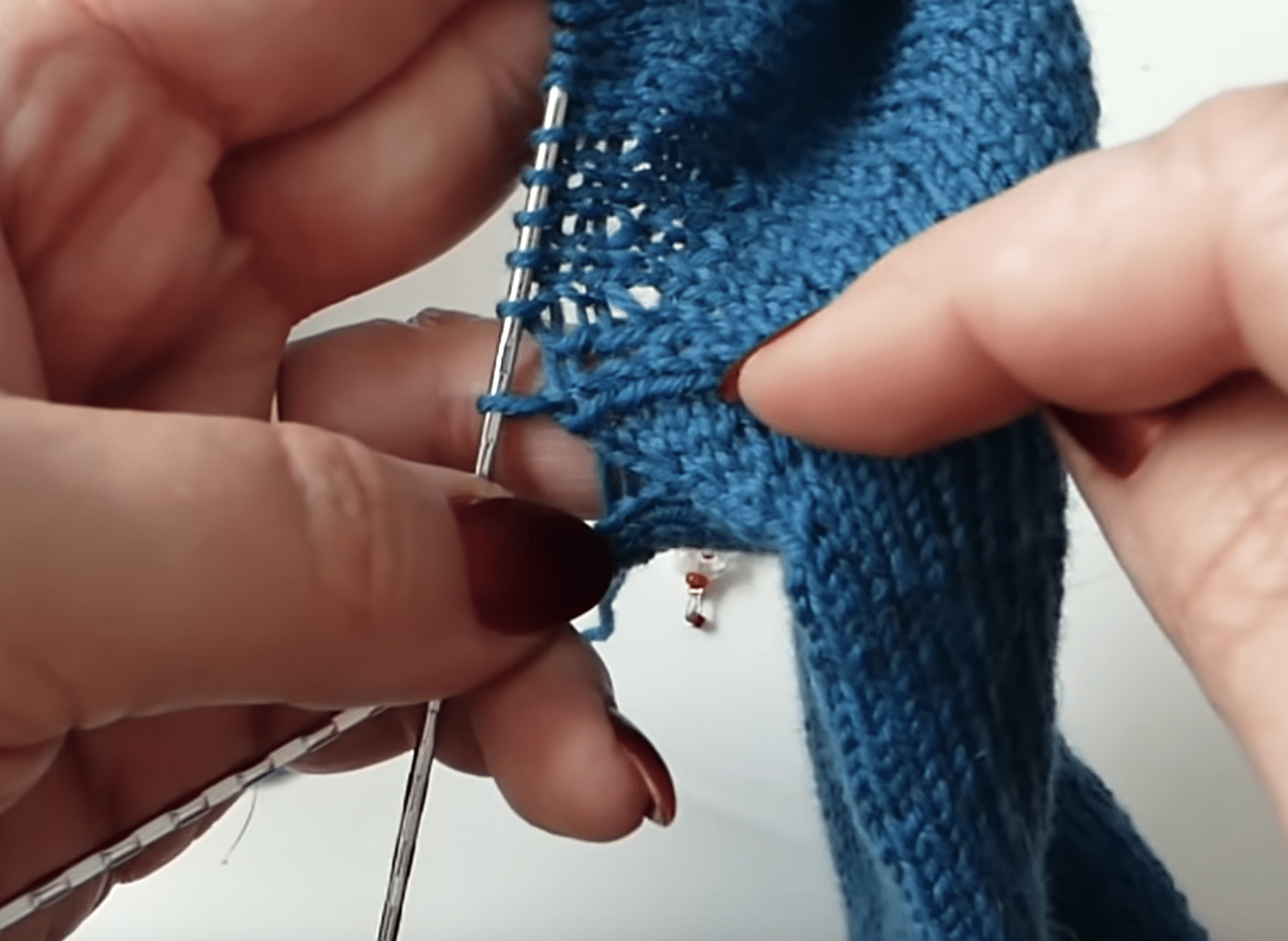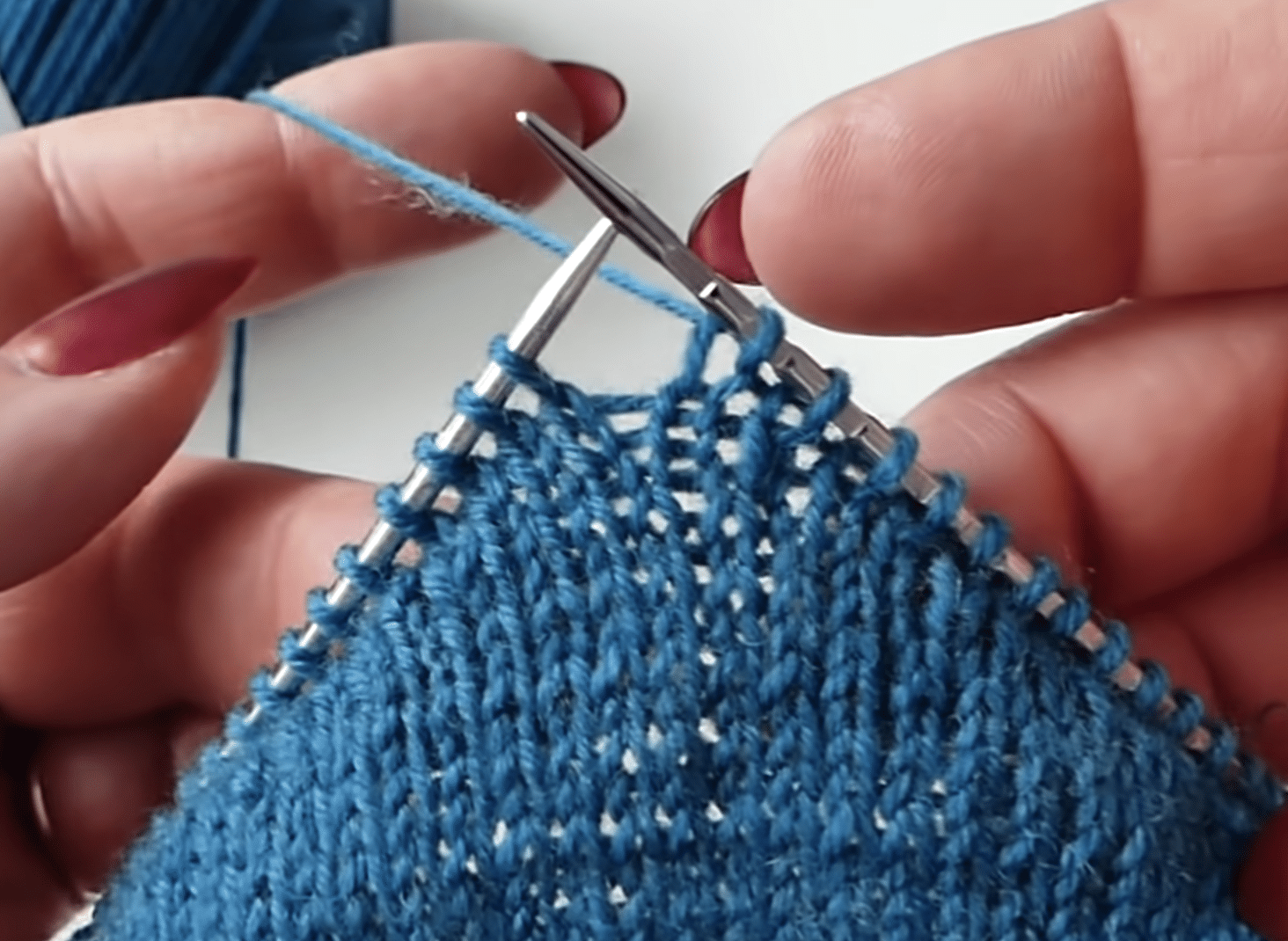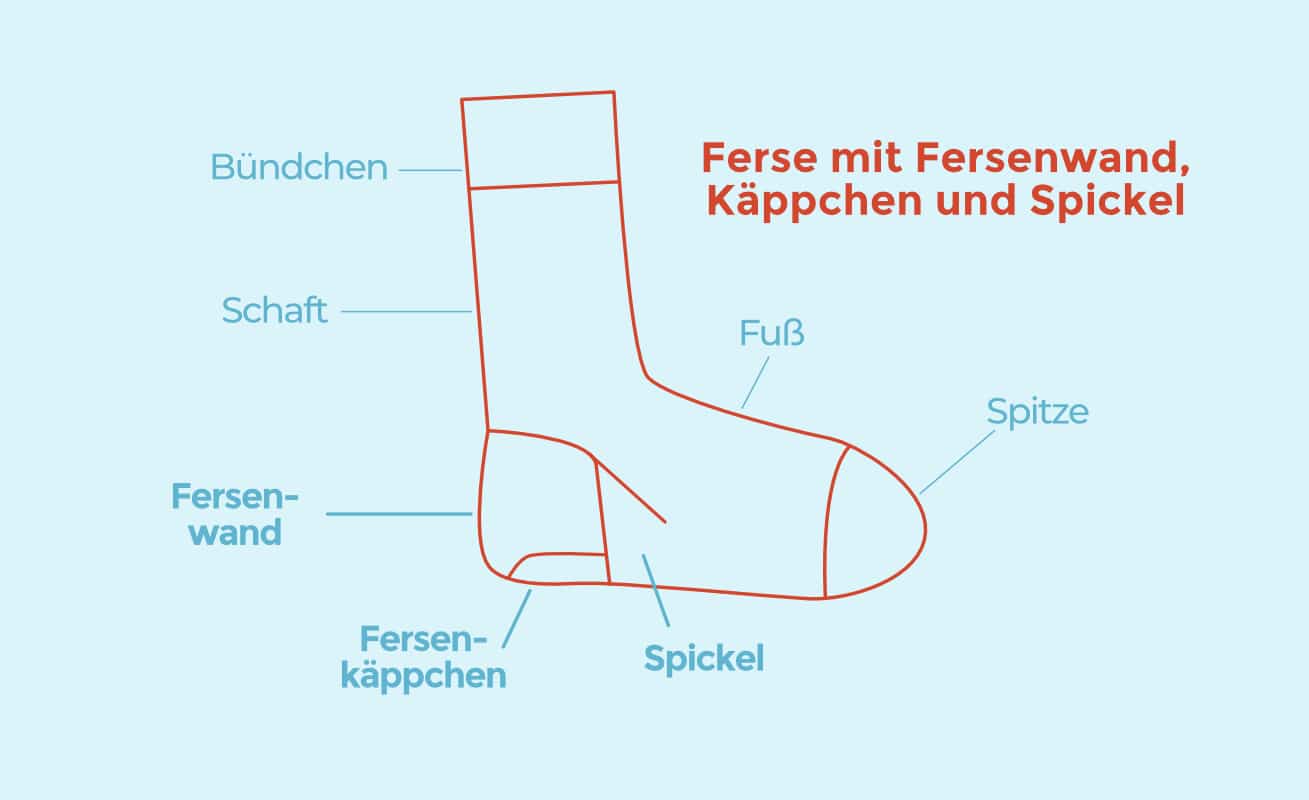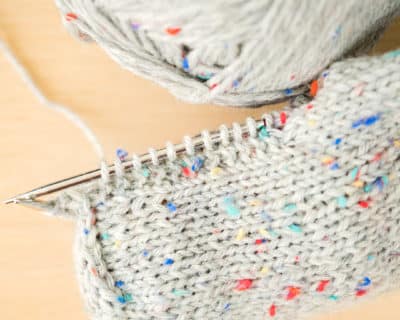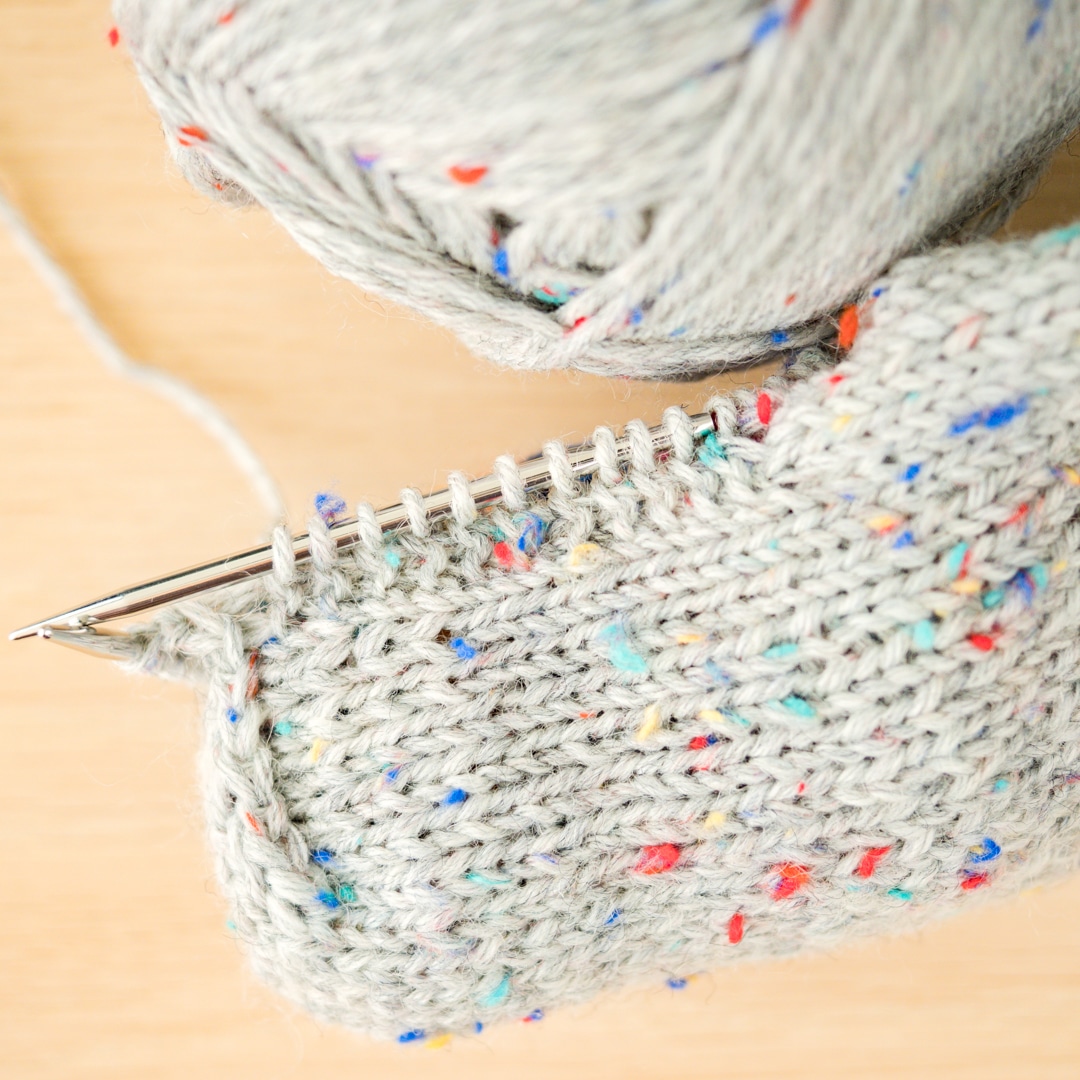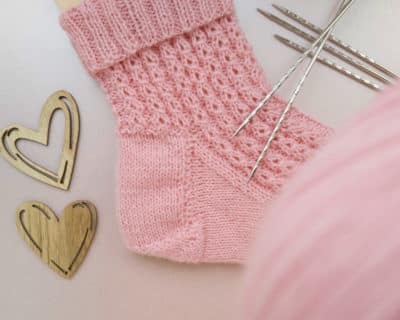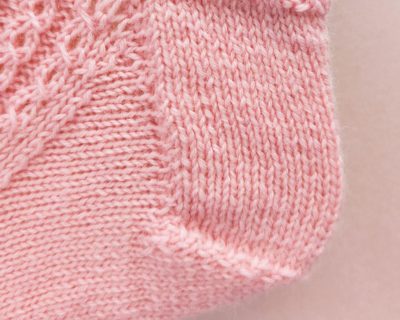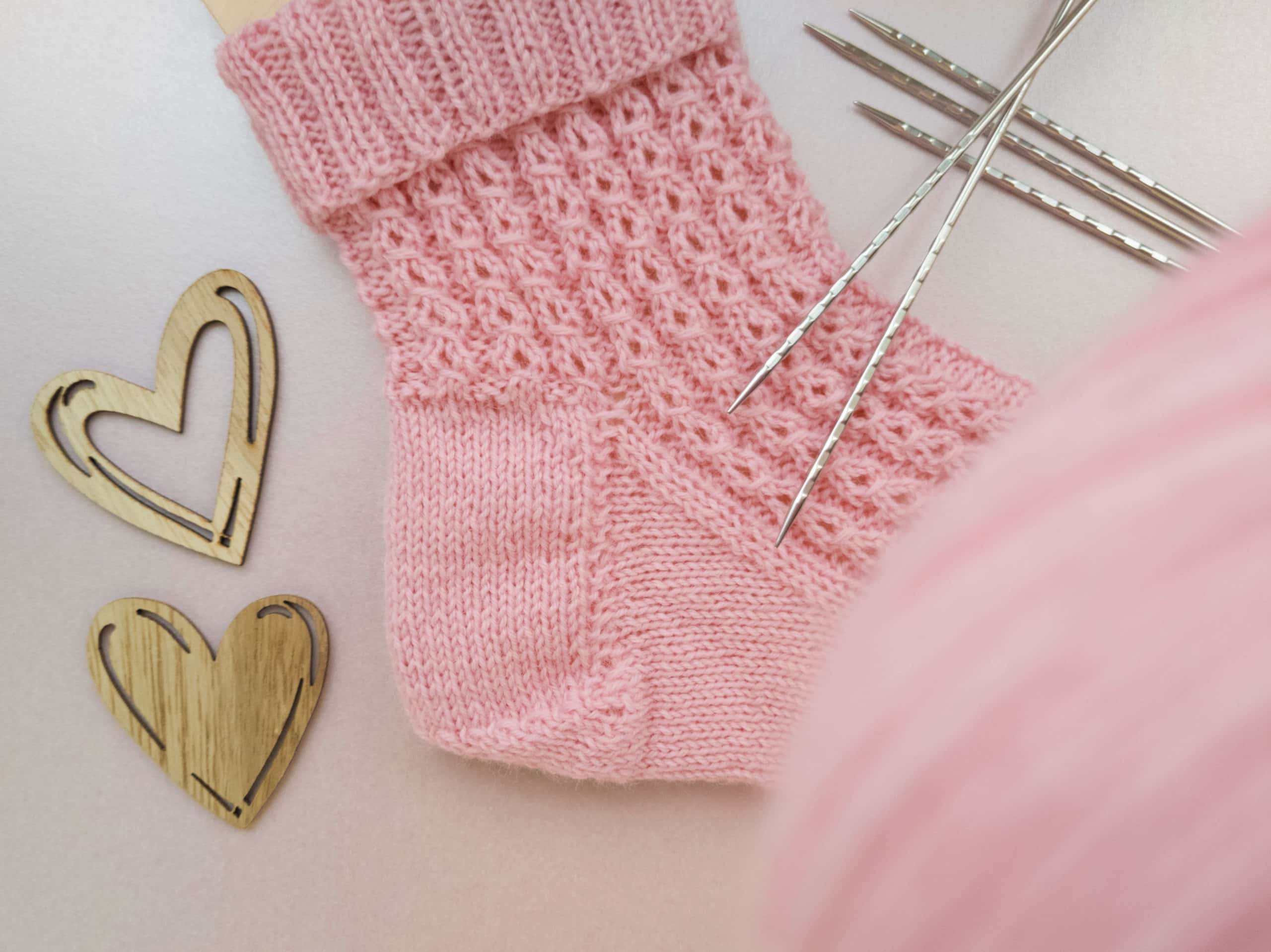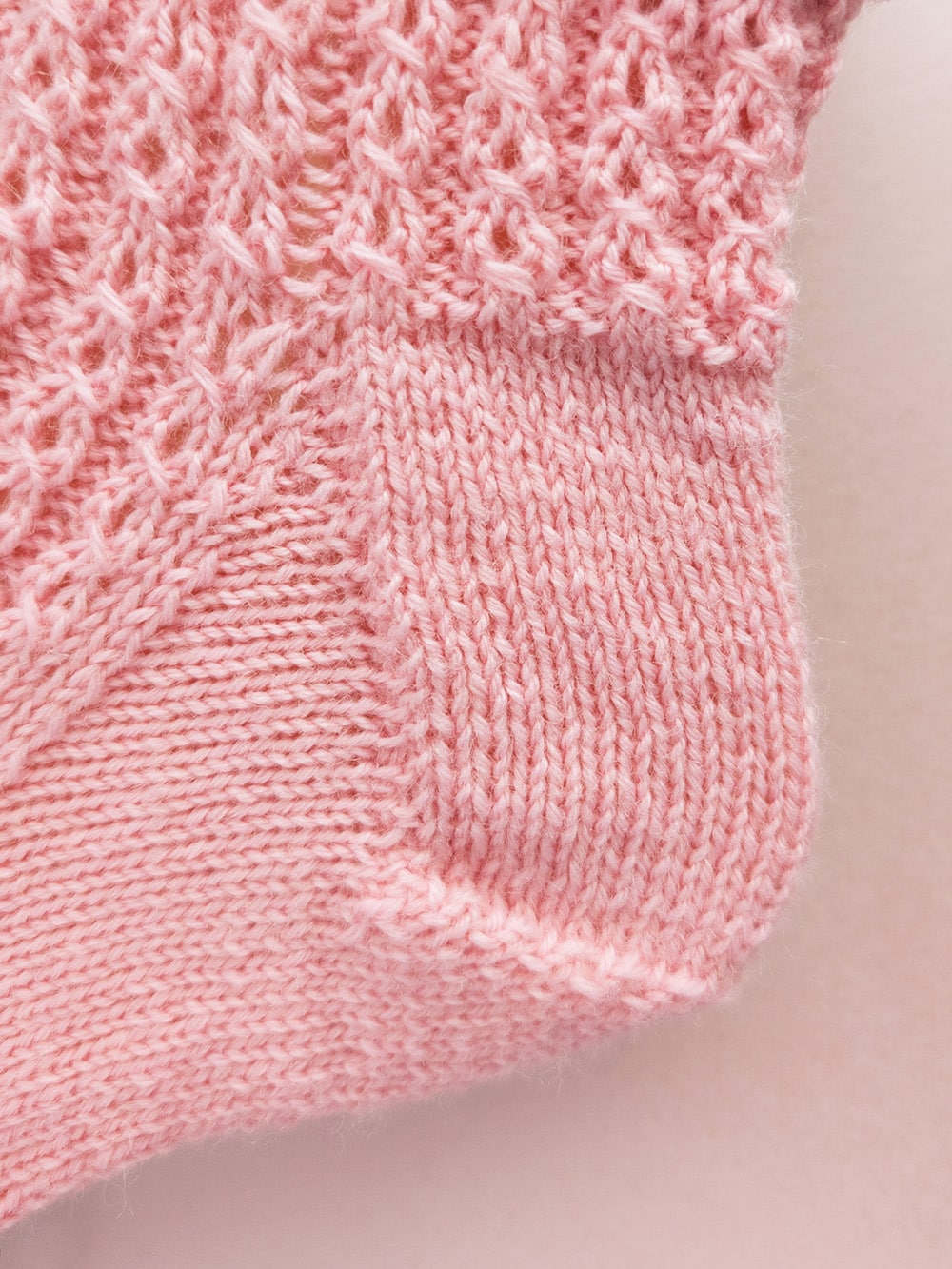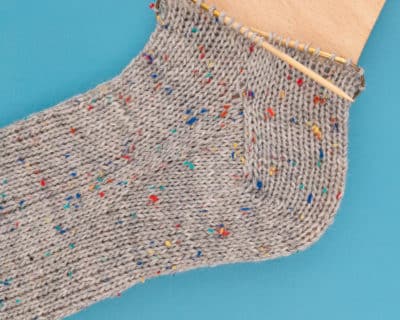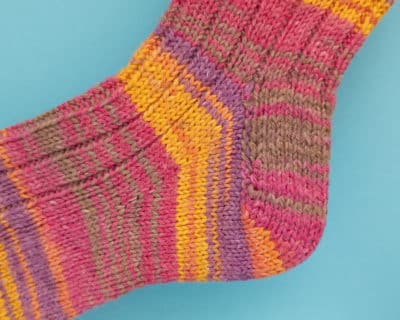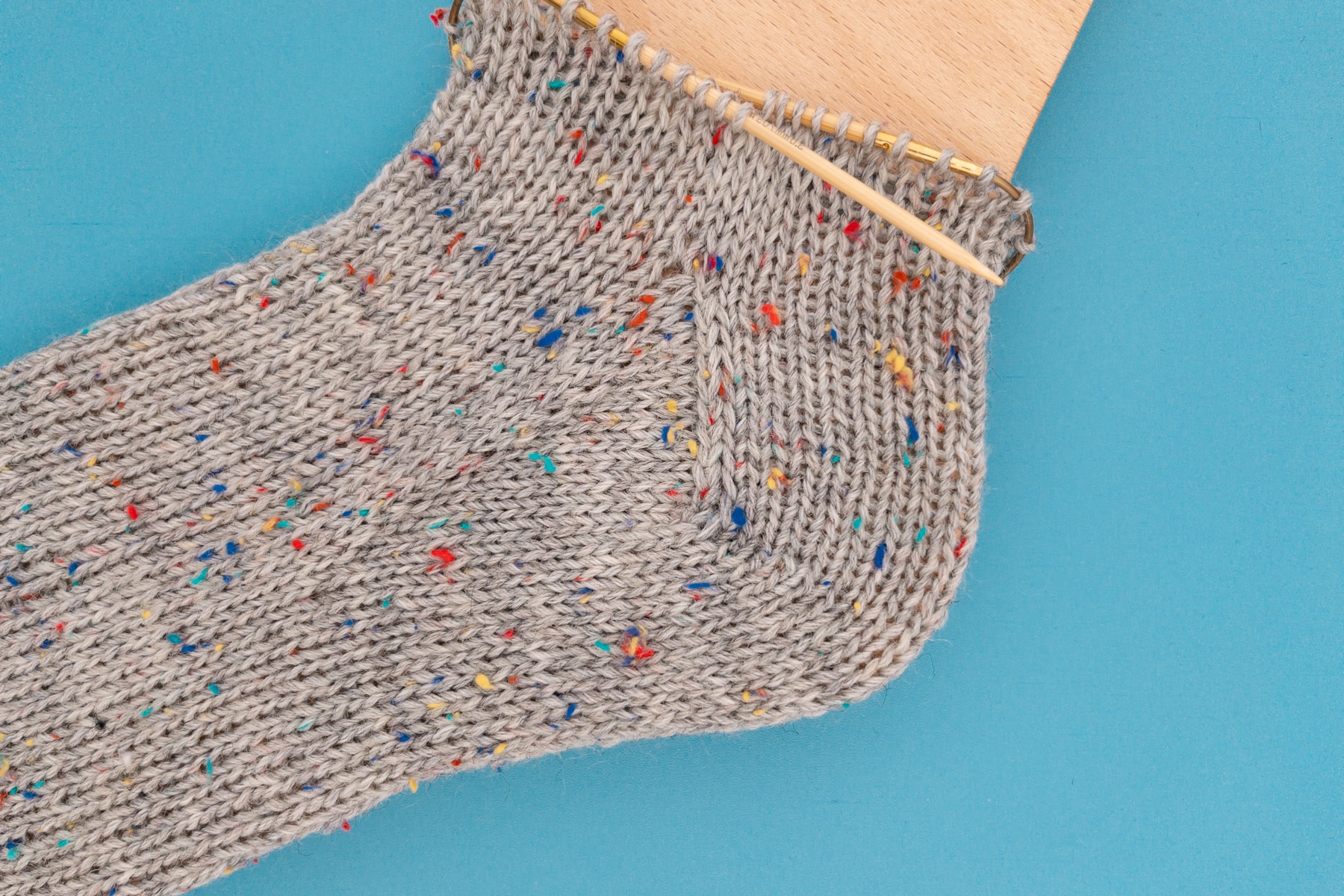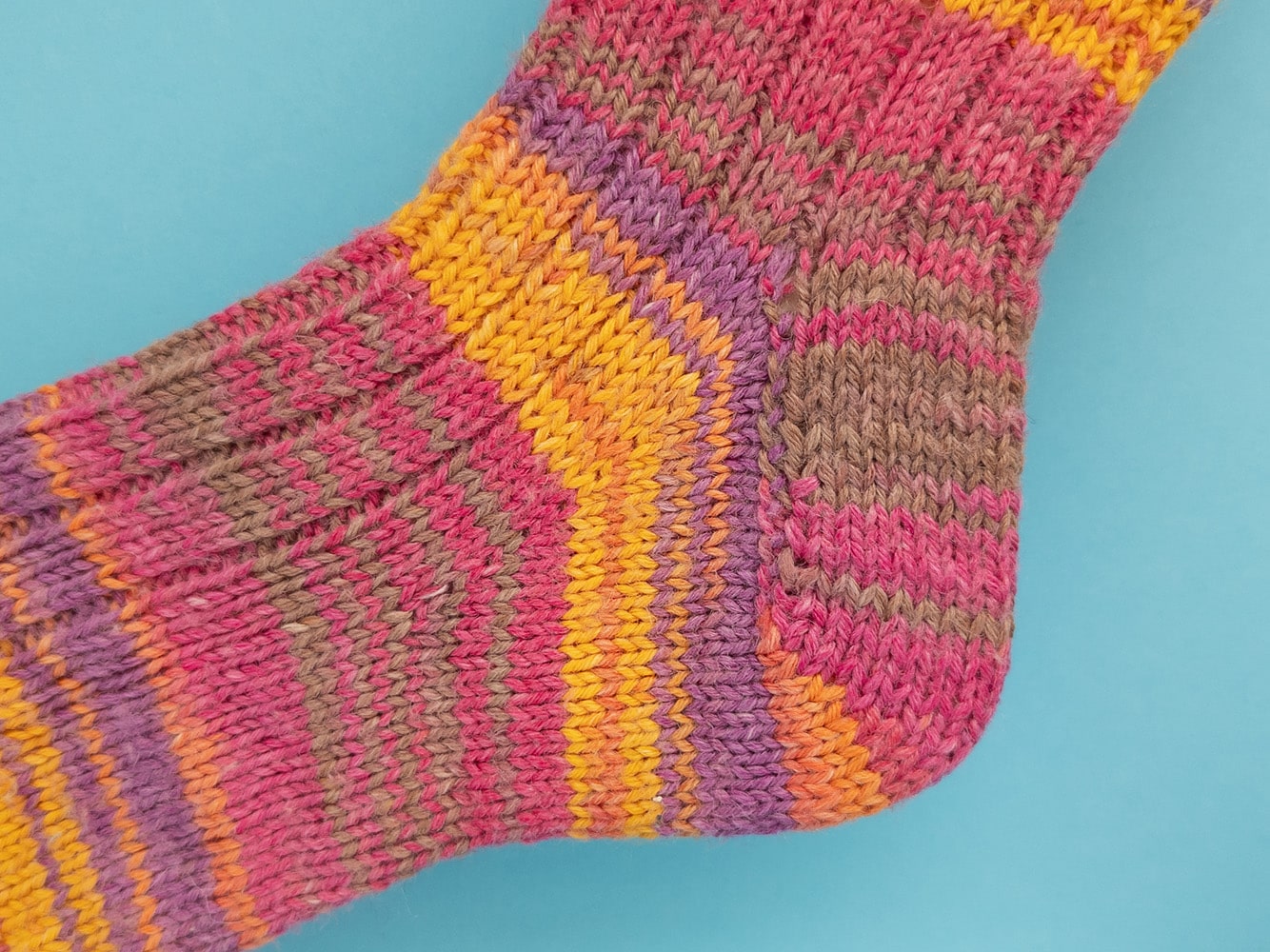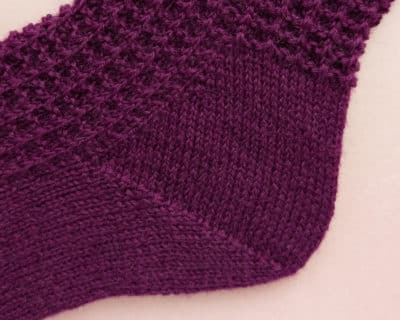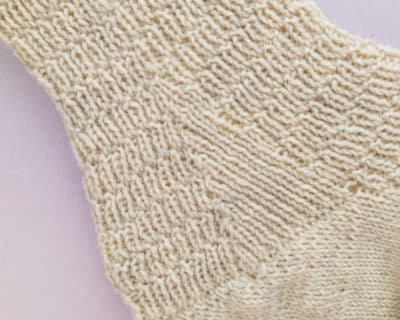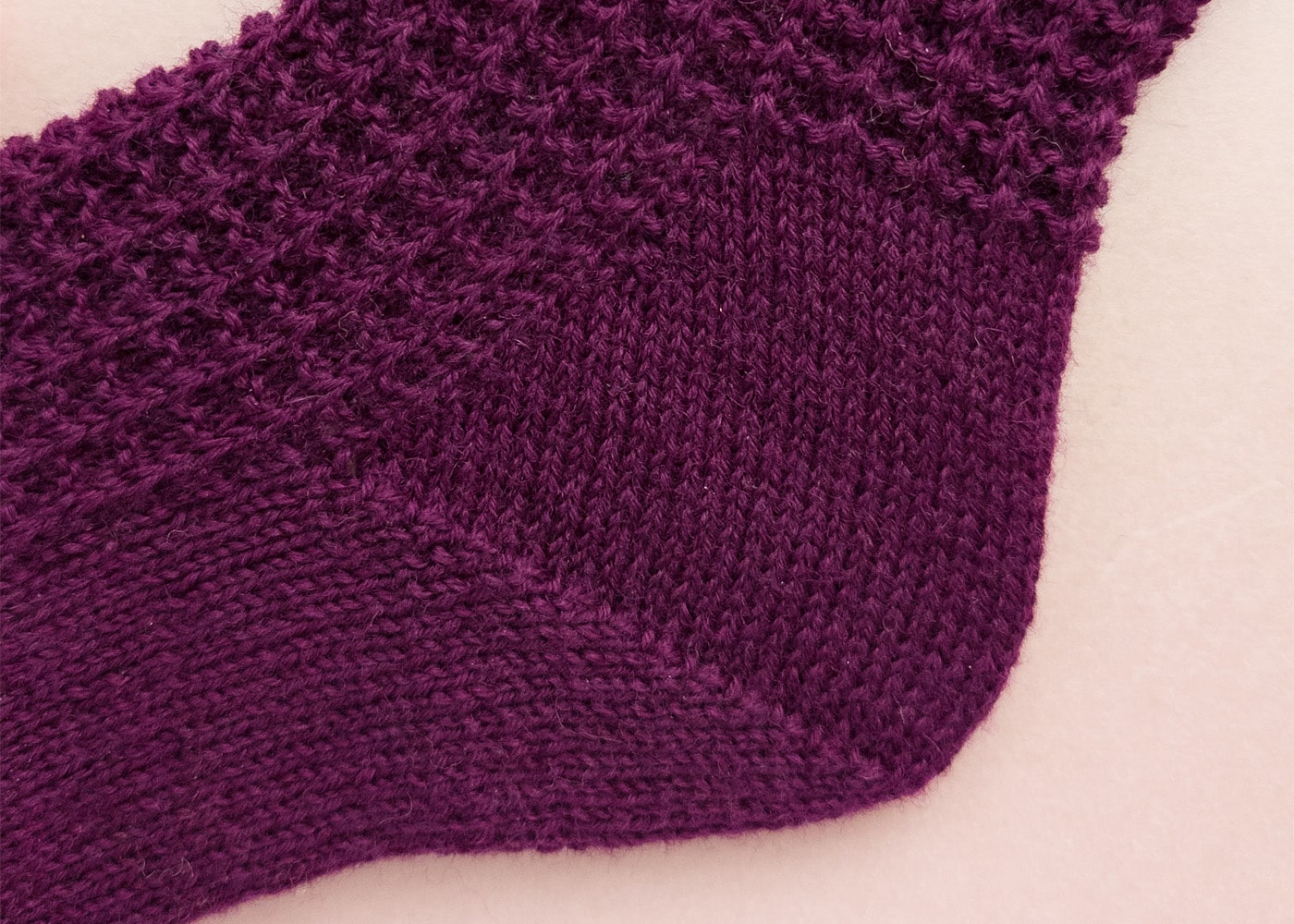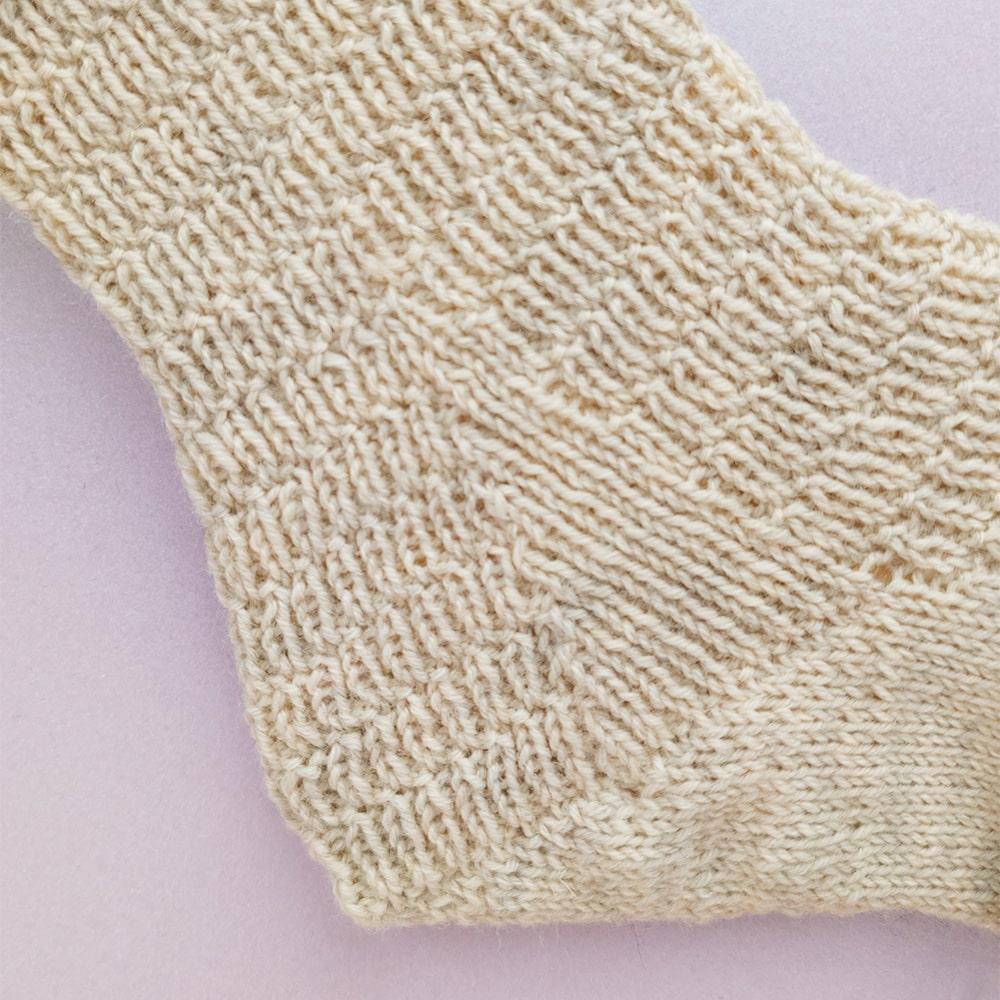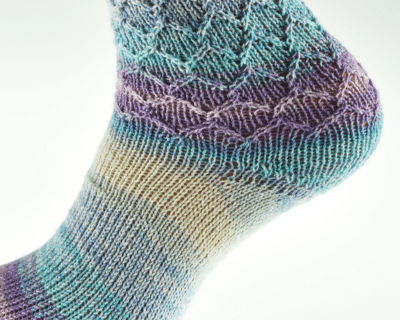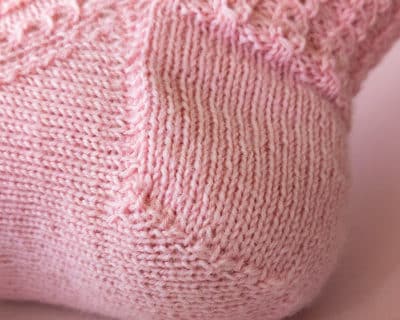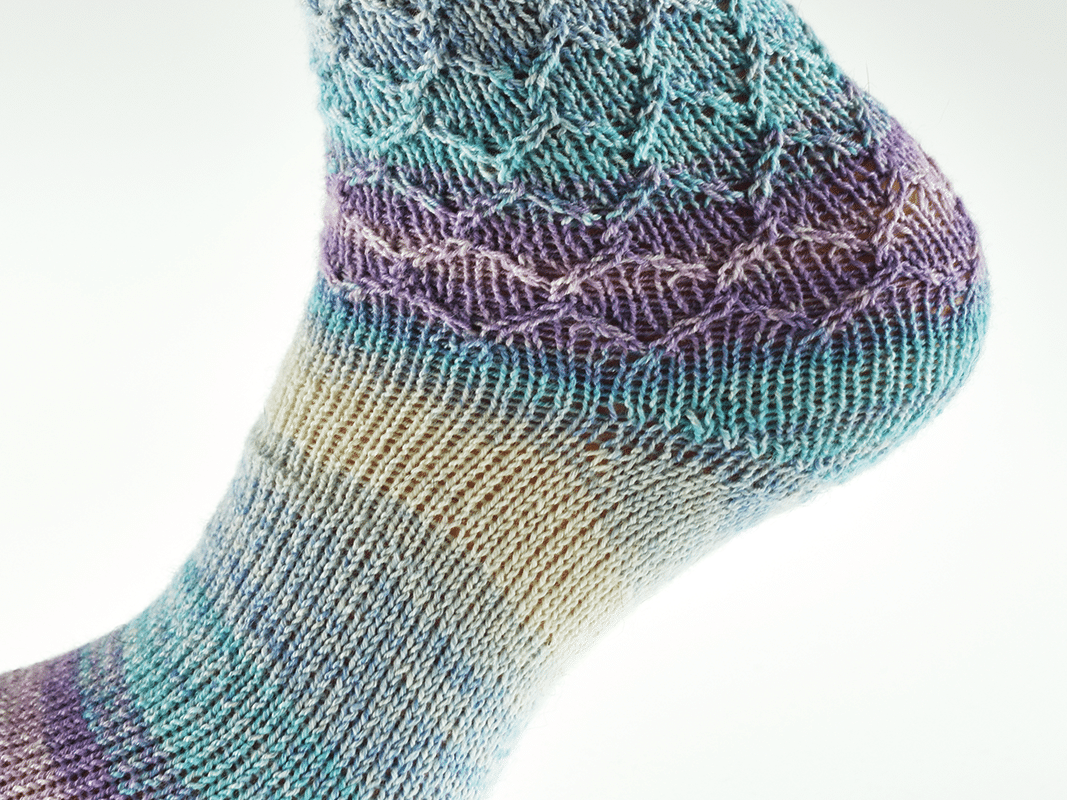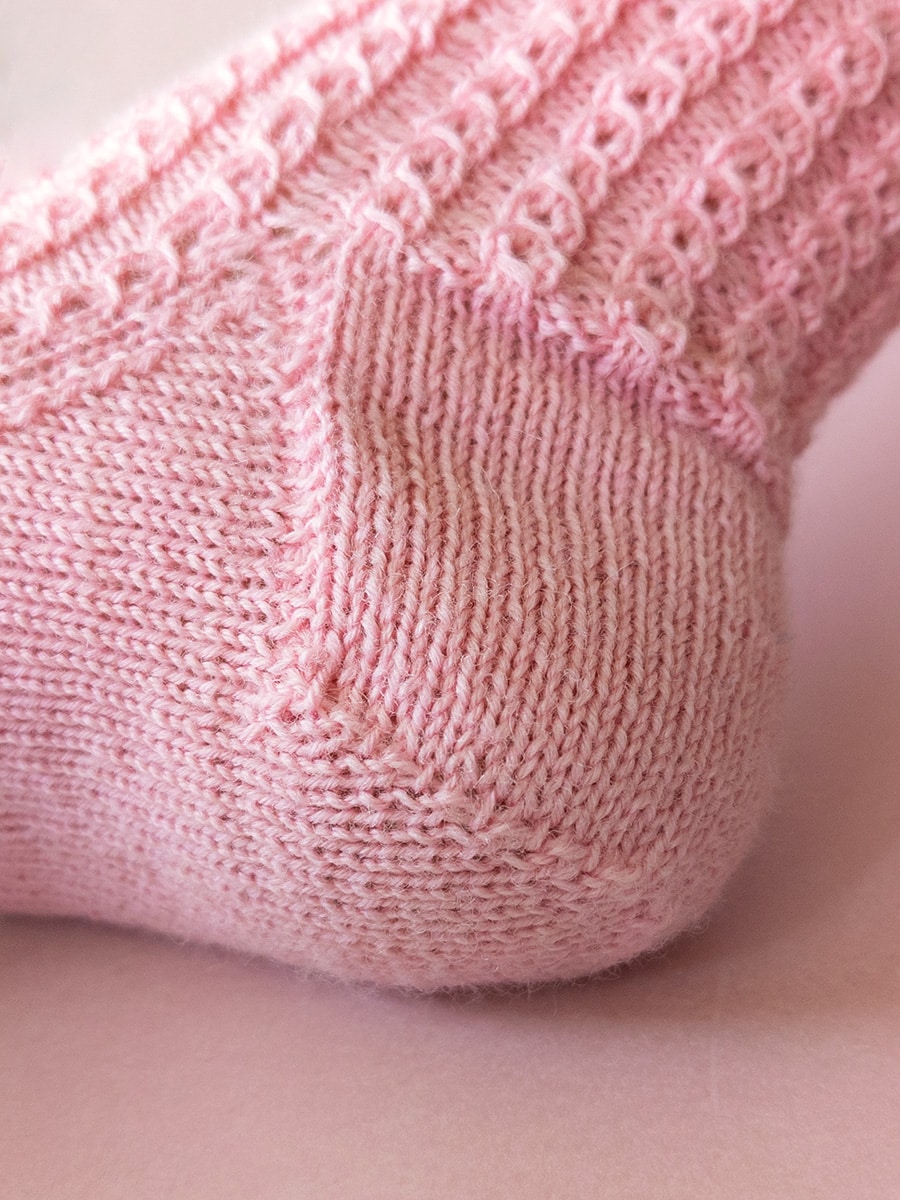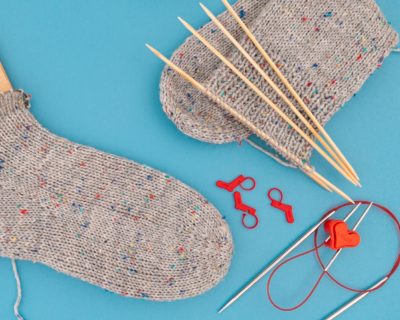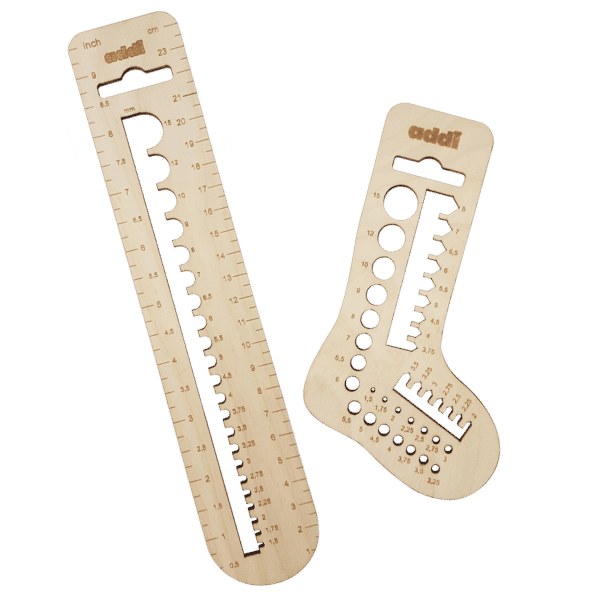Which heel is the best for my foot?
When knitting socks, there are endless variations for shaping heels - for wide and small feet as well as for a flat or high instep.
In addition, some techniques are suitable for toe-up or top-down, while others are only suitable for one technique.
Each knitting technique for heels has its advantages and disadvantages, which we collect and compare in this article.
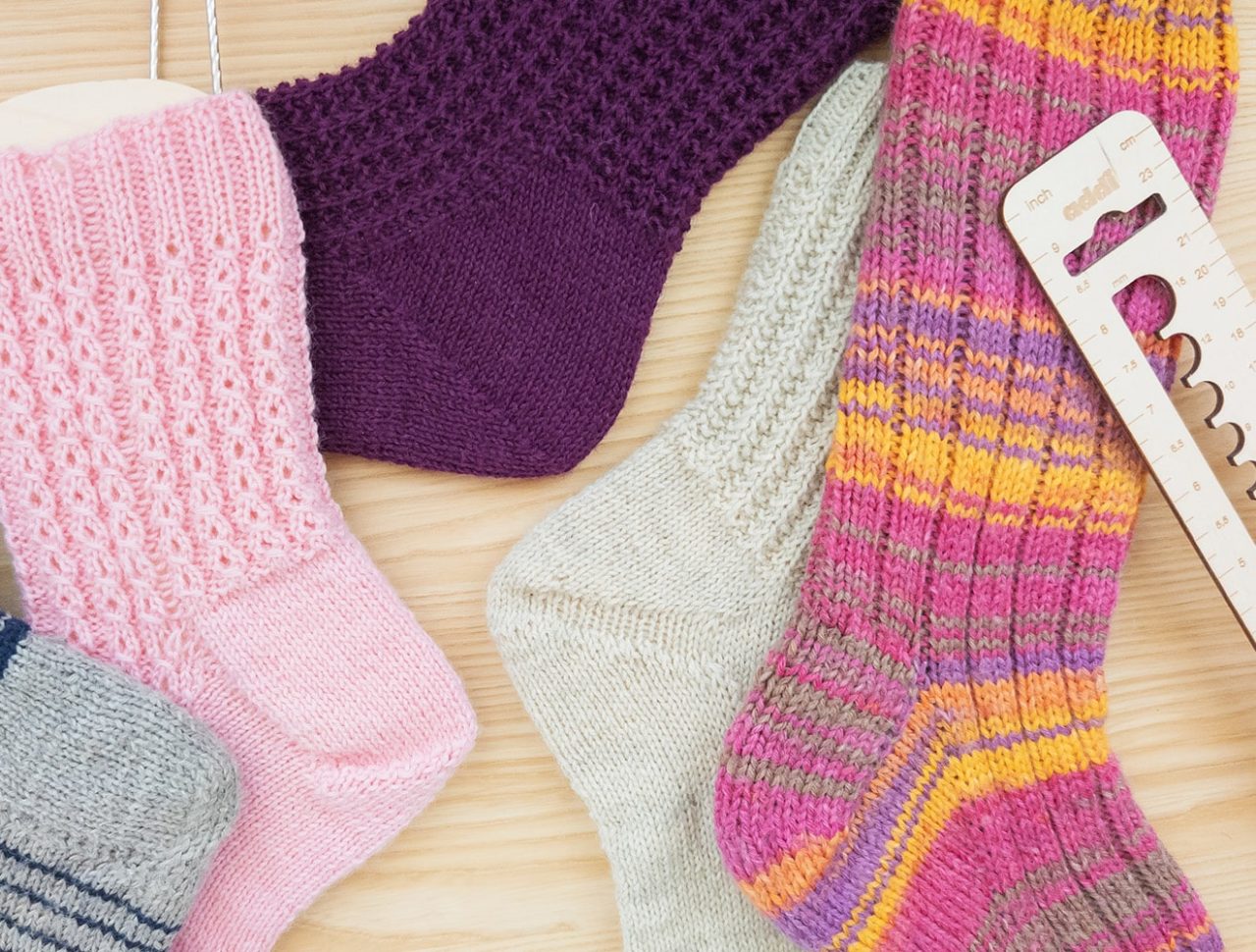
Depending on your shape of foot and preference, you are sure to find a heel that suits you here. All knitting techniques are categorised with grades from ♥♡♡♡♡ to ♥♥♥♥♥ to illustrate the differences in fit.
The most important thing for a good fit is always the matching shoe size and the fitting number of stitches. You can find information for all shoe sizes in our sock charts or even easier in the sock calculator in our free app addi2go.
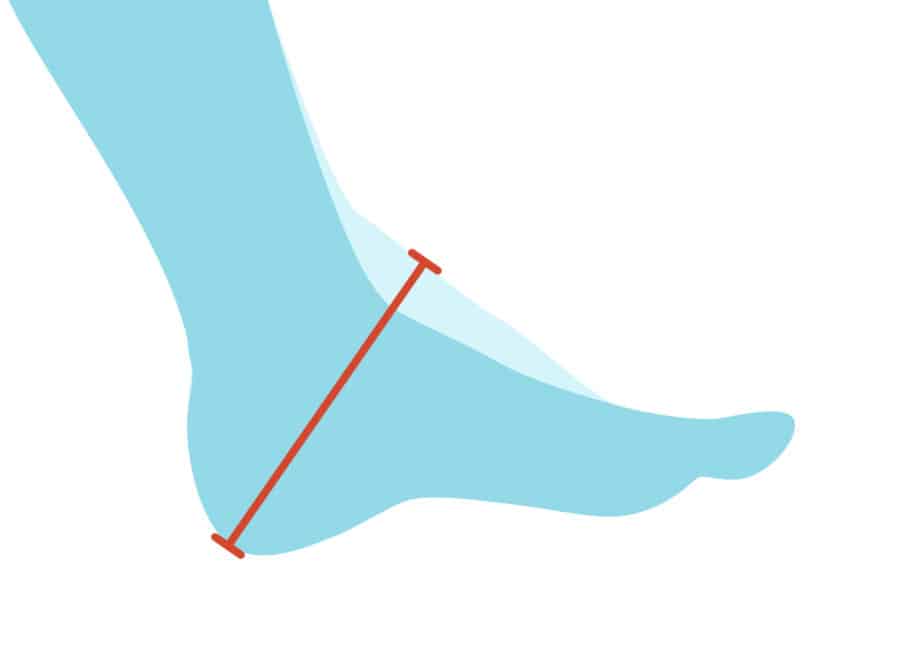
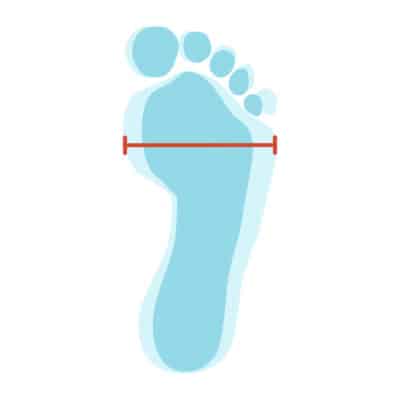
Depending on your shape of foot and preference, you are sure to find a heel that suits you here. All knitting techniques are categorised with grades from ♥♡♡♡♡ to ♥♥♥♥♥ to illustrate the differences in fit.
The most important thing for a good fit is always the matching shoe size and the fitting number of stitches. You can find information for all shoe sizes in our sock charts or even easier in the sock calculator in our free app addi2go.
Heel with short rows:
Heels with short rows are usually slightly rounder and shorter than the versions with flap and gusset, which makes them suitable for rather short and round feet.
They are easy to learn because the trapezoids are always worked in the same way - whether for toe-up (from the toe up) or top-down socks (from the cuff down).
The short row stitches for the trapezoids are not always easy to knit and can create gaps if they are not knitted tightly enough.
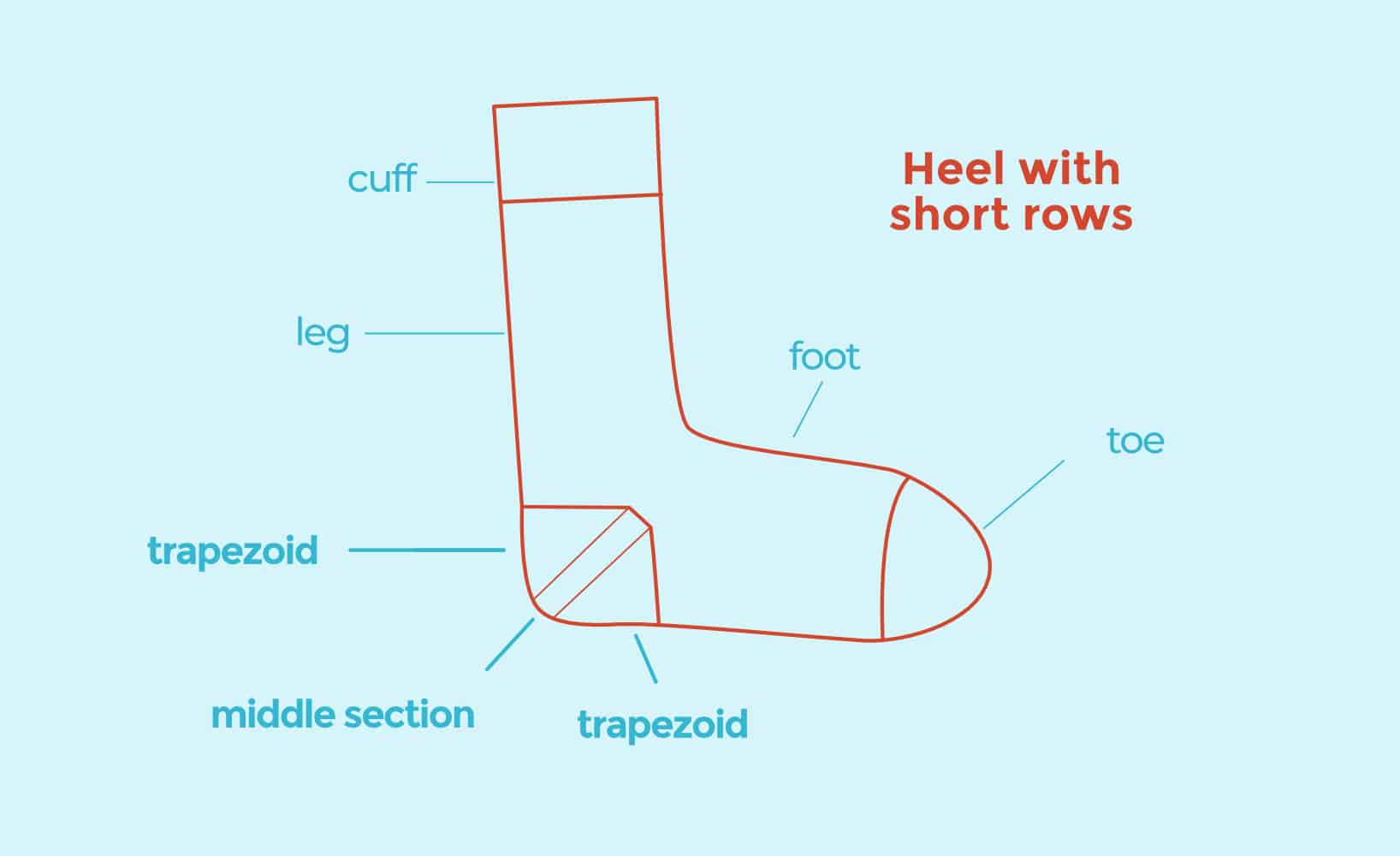
Heels with short rows are usually slightly rounder and shorter than the versions with flap and gusset, which makes them suitable for rather short and round feet.
They are easy to learn because the trapezoids are always worked in the same way - whether for toe-up (from the toe up) or top-down socks (from the cuff down).
The short row stitches for the trapezoids are not always easy to knit and can create gaps if they are not knitted tightly enough.
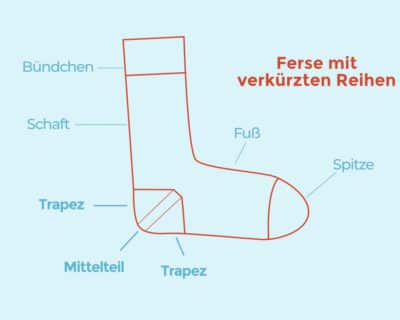
Classic boomerang heel
Foot instep height: ♥♡♡♡♡
Wide heel: ♥♥♡♡♡
Yarn consumption: Low
Technique: ↑ Toe-Up und ↓ Top-Down
The boomerang heel is traditionally knitted in three parts with short rows. This first forms a trapezoid that becomes narrower, then a band and then a trapezoid that becomes wider again, which together form a round heel. It is more suitable for a flat instep, because no additional increases can be worked for extra width.
The middle band is worked a few rounds over the entire sock - if the heel is to be colour-contrasted, this results in a colourful stripe across the instep.
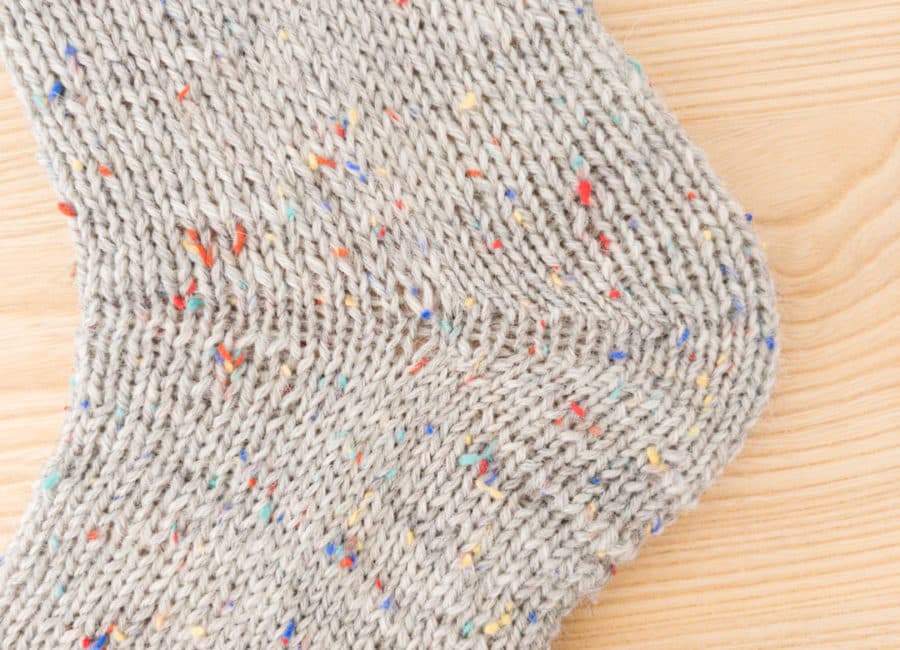
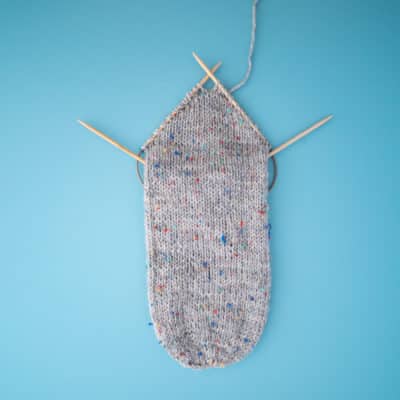
Classic boomerang heel
Foot instep height: ♥♡♡♡♡
Wide heel: ♥♥♡♡♡
Yarn consumption: Low
Technique: ↑ Toe-Up und ↓ Top-Down
The boomerang heel is traditionally knitted in three parts with short rows. This first forms a trapezoid that becomes narrower, then a band and then a trapezoid that becomes wider again, which together form a round heel. It is more suitable for a flat instep, because no additional increases can be worked for extra width.
The middle band is worked a few rounds over the entire sock - if the heel is to be colour-contrasted, this results in a colourful stripe across the instep.
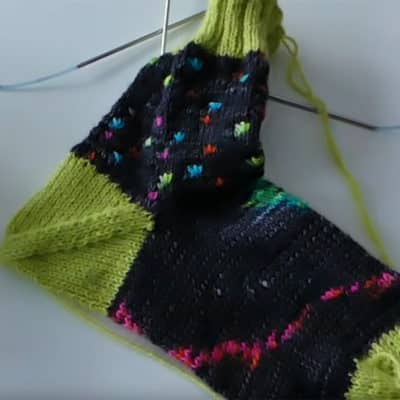
Afterthrought heel
Foot instep height: ♥♡♡♡♡
Wide heel: ♥♥♡♡♡
Yarn consumption: Low
Technique: ↑ Toe-Up und ↓ Top-Down
The afterthrought heel is also a classic boomerang heel, except that it is joined into the sock afterwards. The sock is first knitted as a tube, with a contrasting yarn instead of the heel. This is replaced with the finished heel once the tube has been completed.
In contrast to the boomerang heel, the heel can simply be highlighted in a contrasting colour.
Video instructions by Sylvie Rasch for Top-Down und Toe-Up.
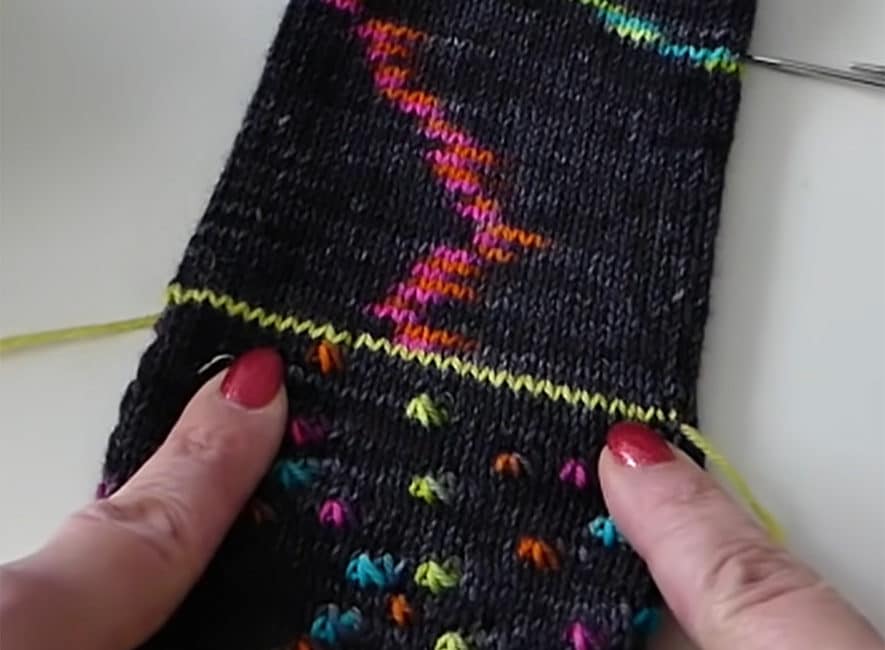
Afterthrought heel
Foot instep height: ♥♡♡♡♡
Wide heel: ♥♥♡♡♡
Yarn consumption: Low
Technique: ↑ Toe-Up und ↓ Top-Down
The afterthrought heel is also a classic boomerang heel, except that it is joined into the sock afterwards. The sock is first knitted as a tube, with a contrasting yarn instead of the heel. This is replaced with the finished heel once the tube has been completed.
In contrast to the boomerang heel, the heel can simply be highlighted in a contrasting colour.
Video instructions by Sylvie Rasch for Top-Down und Toe-Up.
Shadow wrap heel
Foot instep height: ♥♥♥♡♡
Wide heel: ♥♥♡♡♡
Yarn consumption: Low
Technique: ↑ Toe-Up und ↓ Top-Down
Die Shadow Wrap Ferse wird nach dem selben Prinzip der Bumerangferse gearbeitet, gibt aber durch zusätzliche Maschen bei der Ferse mehr Platz für den Fußspann und garantiert keine Löcher dank den sogenannten „Shadow Wrap Maschen“. These are knitted instead of classic double stitches or wrap stitches. They are almost invisible and easier to knit.
Video instructions by Sylvie Rasch for Top-Down und Toe-Up.
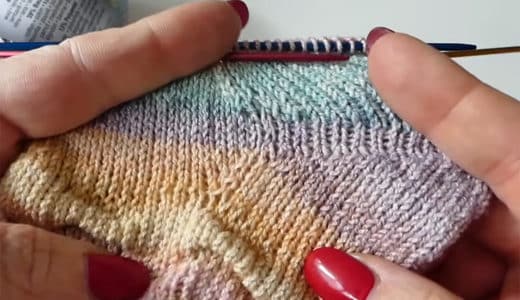
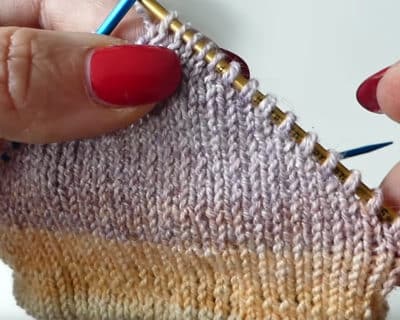
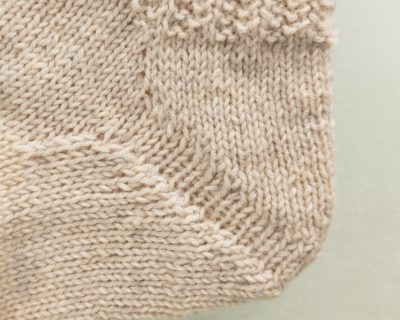
Shadow wrap heel
Foot instep height: ♥♥♥♡♡
Wide heel: ♥♥♡♡♡
Yarn consumption: Low
Technique: ↑ Toe-Up und ↓ Top-Down
Die Shadow Wrap Ferse wird nach dem selben Prinzip der Bumerangferse gearbeitet, gibt aber durch zusätzliche Maschen bei der Ferse mehr Platz für den Fußspann und garantiert keine Löcher dank den sogenannten „Shadow Wrap Maschen“. These are knitted instead of classic double stitches or wrap stitches. They are almost invisible and easier to knit.
Video instructions by Sylvie Rasch for Top-Down und Toe-Up.
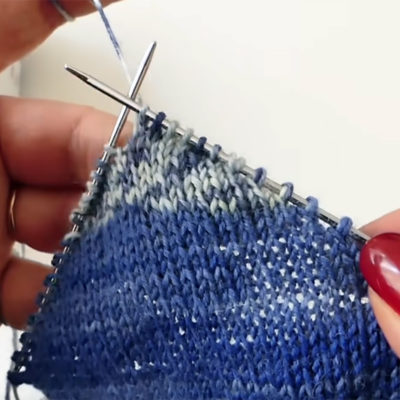
Round boomerang heel
Foot instep height: ♥♥♥♥♡
Wide heel: ♥♥♡♡♡
Yarn consumption: Medium
Technique: ↑ Toe-Up und ↓ Top-Down
For the round boomerang heel, part 1 of the boomerang heel is simply repeated twice to form two narrower trapezoids that result in a round heel. The round heel also fits if the sock is a little too long or short.
Video instructions by Sylvie Rasch for Top-Down und Toe-Up.
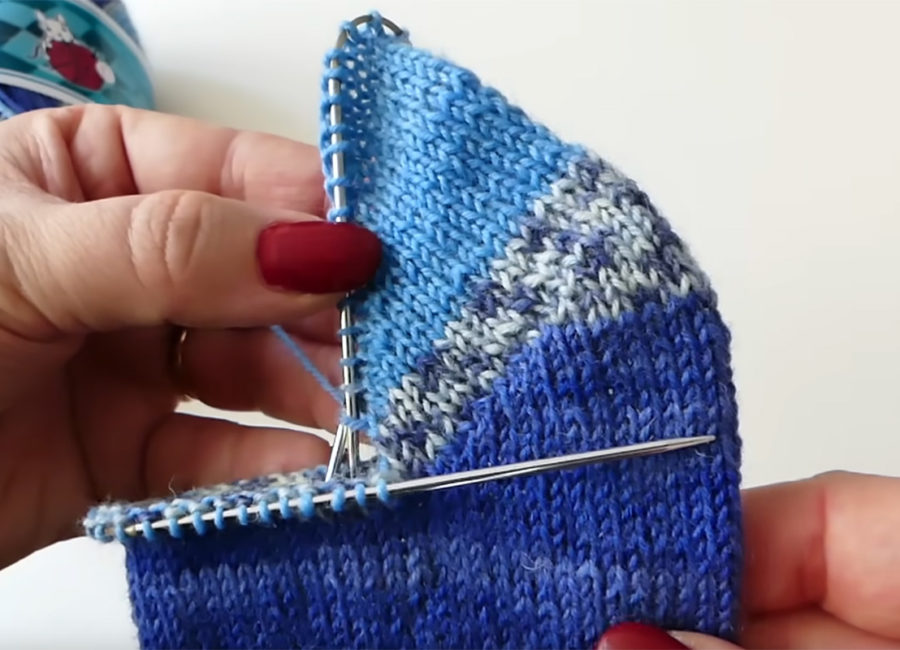
Round boomerang heel
Foot instep height: ♥♥♥♥♡
Wide heel: ♥♥♡♡♡
Yarn consumption: Medium
Technique: ↑ Toe-Up und ↓ Top-Down
For the round boomerang heel, part 1 of the boomerang heel is simply repeated twice to form two narrower trapezoids that result in a round heel. The round heel also fits if the sock is a little too long or short.
Video instructions by Sylvie Rasch for Top-Down und Toe-Up.
Round hybrid heel (CraSy)
Foot instep height: ♥♥♥♡♡
Wide heel: ♥♥♥♥♡
Yarn consumption: Raised
Technique: ↑ Toe-Up und ↓ Top-Down
The CraSy hybrid heel combines the technique of shortened rows with a little more heel by adding a small gusset and a heel flap. This version is a good choice for a high instep and a wide heel. Another advantage is that the heel does not have to fit 100% correctly - even if the sock is slightly larger or smaller, the heel will fit well.
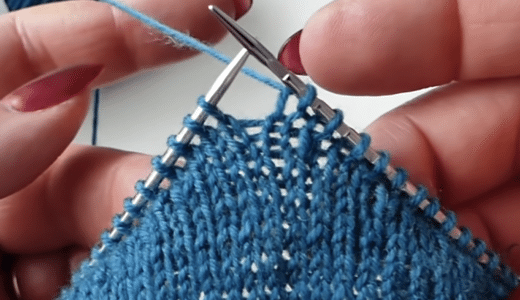
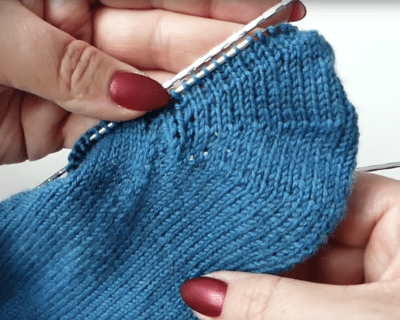
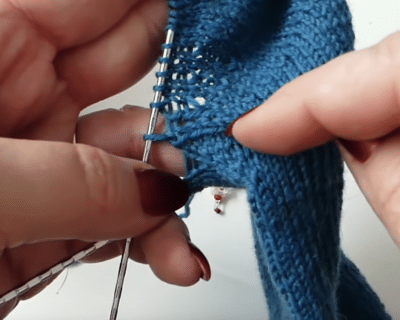
Round hybrid heel (CraSy)
Foot instep height: ♥♥♥♡♡
Wide heel: ♥♥♥♥♡
Yarn consumption: Raised
Technique: ↑ Toe-Up und ↓ Top-Down
The CraSy hybrid heel combines the technique of shortened rows with a little more heel by adding a small gusset and a heel flap. This version is a good choice for a high instep and a wide heel. Another advantage is that the heel does not have to fit 100% correctly - even if the sock is slightly larger or smaller, the heel will fit well.
Heels with flap and gusset
Heels that are worked with flap and gusset sit up higher at the heel and are ideal for longer ankles and feet.
They do not slip and fit well even when worn in hiking boots etc.
This heel shape can be easily adjusted for a particularly flat or high instep by increasing or decreasing the height of the heel flap.
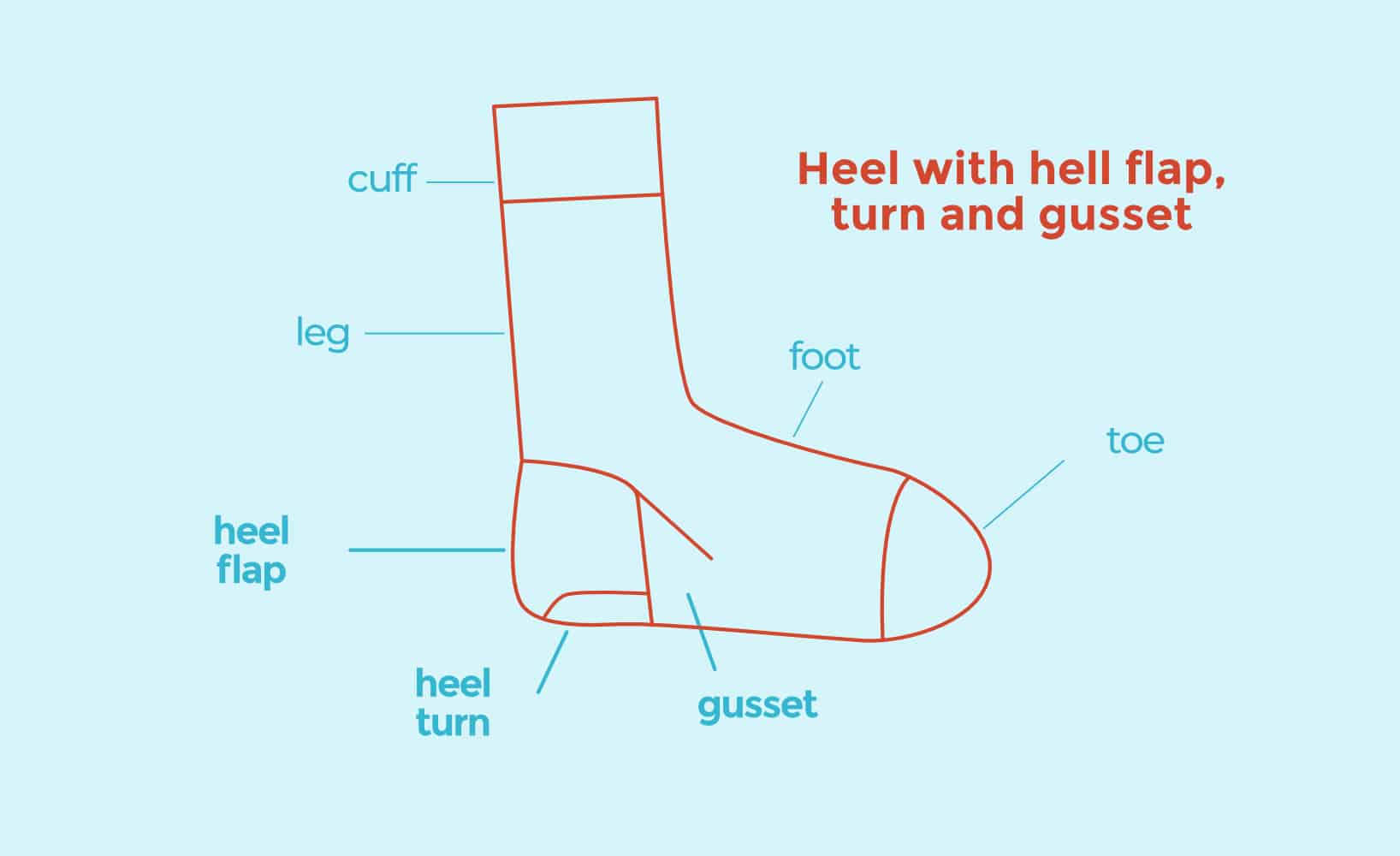
Heels that are worked with flap and gusset sit up higher at the heel and are ideal for longer ankles and feet.
They do not slip and fit well even when worn in hiking boots etc.
This heel shape can be easily adjusted for a particularly flat or high instep by increasing or decreasing the height of the heel flap.
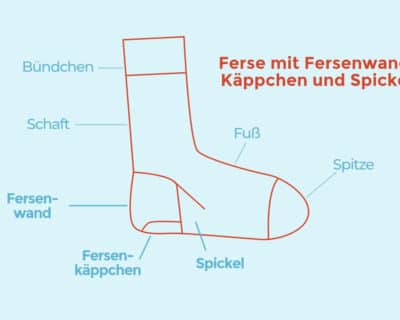
Classic heel
Foot instep height: ♥♥♥♡♡
Wide heel: ♥♥♡♡♡
Yarn consumption: Medium
Technique: ↓ Top-Down
The classic flap and gusset heel is knitted in three parts from the heel flap, heel turn and gusset decreases. It is an absolute classic with a good fit for rather small heels and feet thanks to the straight heel turn.
Customizability: More or less gusset decreases can be worked to change the fit for the instep.

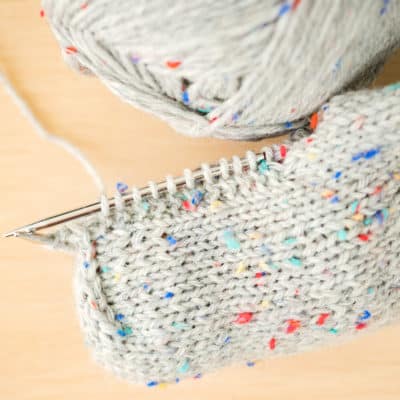
Classic heel
Foot instep height: ♥♥♥♡♡
Wide heel: ♥♥♡♡♡
Yarn consumption: Medium
Technique: ↓ Top-Down
The classic flap and gusset heel is knitted in three parts from the heel flap, heel turn and gusset decreases. It is an absolute classic with a good fit for rather small heels and feet thanks to the straight heel turn.
Customizability: More or less gusset decreases can be worked to change the fit for the instep.
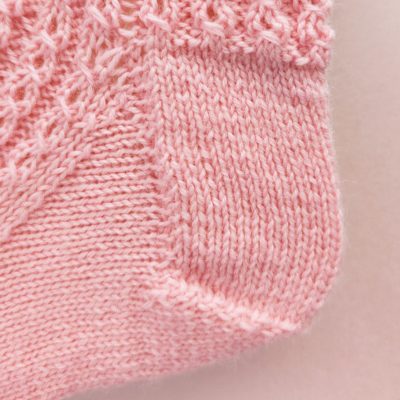
Heart heel
Foot instep height: ♥♥♥♥♡
Wide heel: ♥♥♥♥♡
Yarn consumption: Medium
Technique: ↓ Top-Down
The heart heel is worked in a similar way to the classic heel, with the difference that the heel turn is wedge-shaped, making the fit more suitable for wider heels and feet.
Customizability: More or less gusset decreases can be worked to change the fit for the instep.
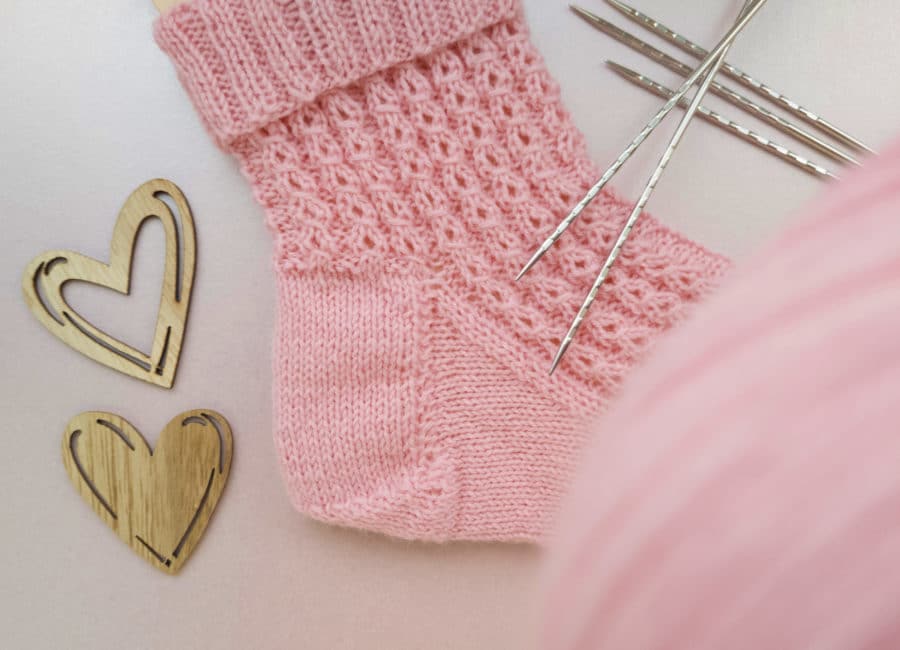
Heart heel
Foot instep height: ♥♥♥♥♡
Wide heel: ♥♥♥♥♡
Yarn consumption: Medium
Technique: ↓ Top-Down
The heart heel is worked in a similar way to the classic heel, with the difference that the heel turn is wedge-shaped, making the fit more suitable for wider heels and feet.
Customizability: More or less gusset decreases can be worked to change the fit for the instep.
Classic heel II (Toe-Up)
Foot instep height: ♥♥♥♡♡
Wide heel: ♥♥♥♥♡
Yarn consumption: Medium
Technique: ↑ Toe-Up
Die Hufeisenferse ist die alternative zur Käppchenferse für Toe-Up Socken. Durch die Spickelzunahmen am Fuß eignet sie sich für einen höheen Fußspann. Das klasische Käppchen wird hier durch verkürzte Reihen mit Doppelmaschen ersetzt um die Ferse „um die Ecke“ zu stricken.
Customizability: You can work more or fewer increases (e.g. work increases in each round at the end instead of every second round) to change the fit for a higher instep.
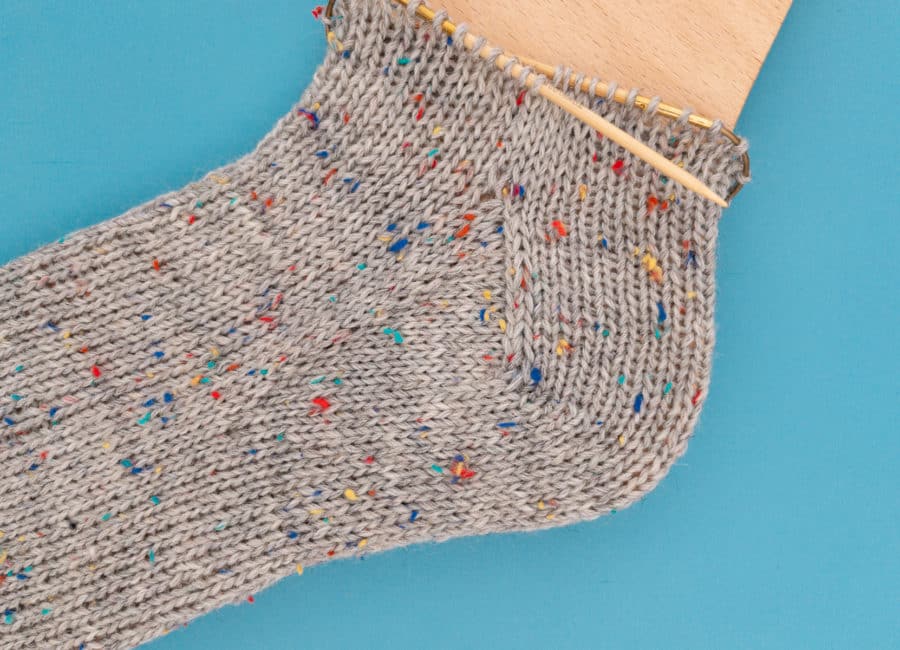
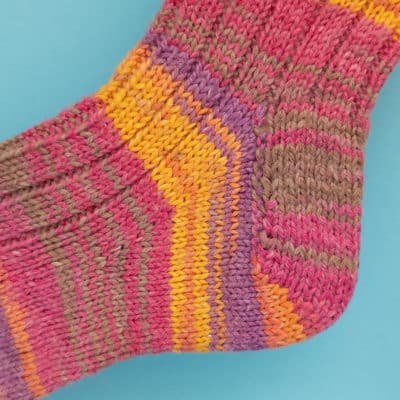
Classic heel II (Toe-Up)
Foot instep height: ♥♥♥♡♡
Wide heel: ♥♥♥♥♡
Yarn consumption: Medium
Technique: ↑ Toe-Up
Die Hufeisenferse ist die alternative zur Käppchenferse für Toe-Up Socken. Durch die Spickelzunahmen am Fuß eignet sie sich für einen höheen Fußspann. Das klasische Käppchen wird hier durch verkürzte Reihen mit Doppelmaschen ersetzt um die Ferse „um die Ecke“ zu stricken.
Customizability: You can work more or fewer increases (e.g. work increases in each round at the end instead of every second round) to change the fit for a higher instep.
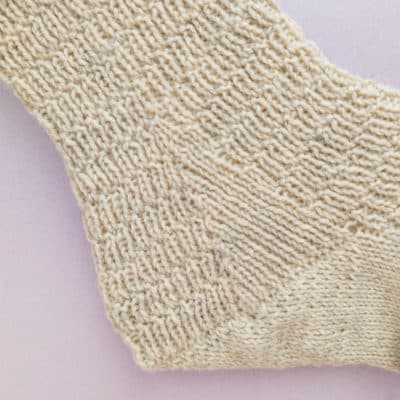
Fleegle heel
Foot instep height: ♥♥♥♥♡
Wide heel: ♥♥♥♥♡
Yarn consumption: Raised
Technique: ↓ Top-Down ↑ Toe-Up (different instructions)
The heel is knitted in three parts, but works slightly differently to the classic heel. Firstly, the heel flap is worked with gusset increases and then a wedge-shaped heel turn finishes the heel. A well-fitting and adaptable heel thanks to the wedge shape, even for wider heels and feet.
Customizability: More increases can be worked over the same number of rounds (increasing at the end of each round) to adjust the fit for a higher instep.
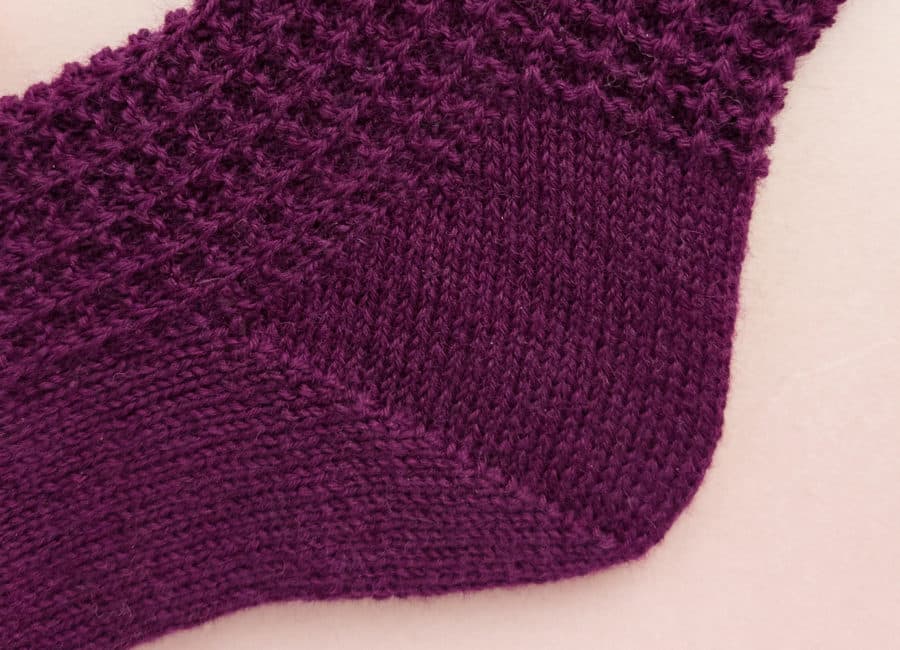
Fleegle heel
Foot instep height: ♥♥♥♥♡
Wide heel: ♥♥♥♥♡
Yarn consumption: Raised
Technique: ↓ Top-Down ↑ Toe-Up (different instructions)
The heel is knitted in three parts, but works slightly differently to the classic heel. Firstly, the heel flap is worked with gusset increases and then a wedge-shaped heel turn finishes the heel. A well-fitting and adaptable heel thanks to the wedge shape, even for wider heels and feet.
Customizability: More increases can be worked over the same number of rounds (increasing at the end of each round) to adjust the fit for a higher instep.
Conclusion: Which heel is best for my foot?
Top-down heel recommendations by foot shape:
| Foot shape | Slim heel | Mid heel | Wide heel |
| Flat instep | Boomerang heel/ Afterthrought heel
Classic heel |
Boomerang heel/ Afterthrought heel
Heart heel |
Round hybrid heel/
Heart heel |
| Mid instep | Shadow Wrap/
Classic heel |
Shadow Wrap/
Heart heel |
Round hybrid heel/
Heart heel/ Fleegle heel |
| High instep | Round boomerang heel/
Classic heel (with less dec) |
Round boomerang heel/
Fleegle heel |
Round hybrid heel/
Heart heel/ Fleegle heel |
In addition to the different techniques for heels and toes, the matching number of stitches is also decisive for a good fit of the sock. In our Sock charts you'll find the measurements for every shoe size.
Do you prefer a different heel to the one recommended for your foot shape? These are only suggestions, basically every heel fits every foot, they only differ in the fit.
Tip: The fit of some heels can be modified by increasing or decreasing the heel size (see tips on heel types) to fit your foot.
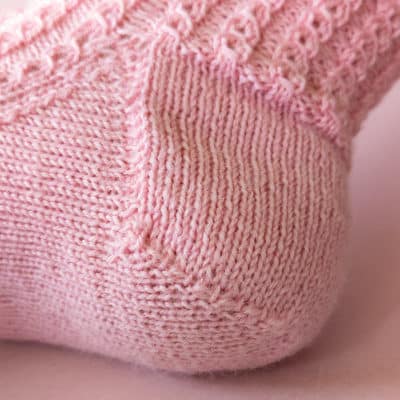
Optimise the fit
Some heels have to fit exactly, others offer a little leeway in the shoe size, which can be an advantage, especially with gift socks (if you do not know the exact shoe size and foot shape).
Tip: If you have a particularly wide or narrow foot, you can simply combine the length information of your shoe size with the number of stitches of the next larger or smaller shoe size to optimise the fit.
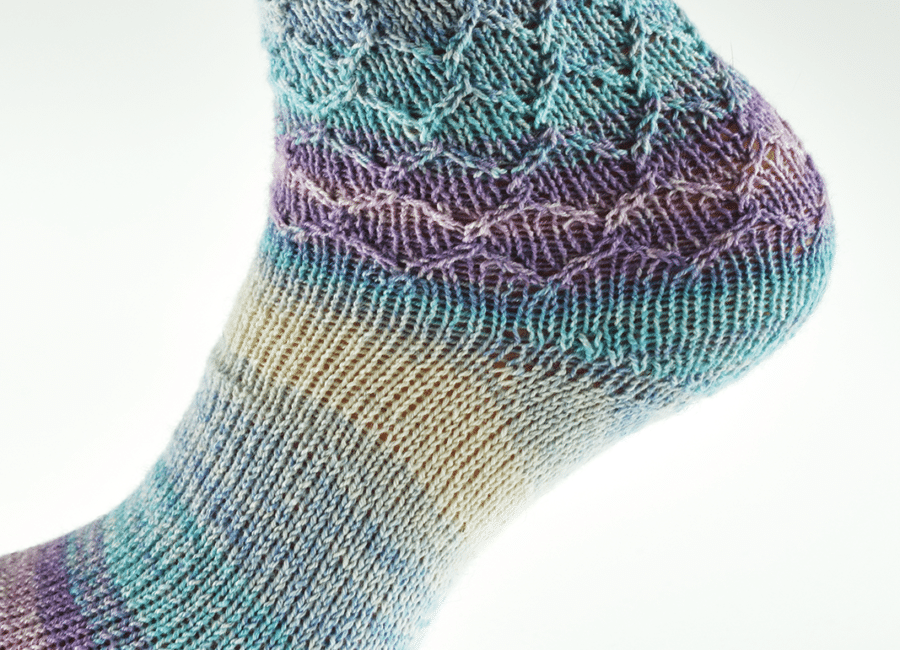
Optimise the fit
Some heels have to fit exactly, others offer a little leeway in the shoe size, which can be an advantage, especially with gift socks (if you do not know the exact shoe size and foot shape).
Tip: If you have a particularly wide or narrow foot, you can simply combine the length information of your shoe size with the number of stitches of the next larger or smaller shoe size to optimise the fit.
